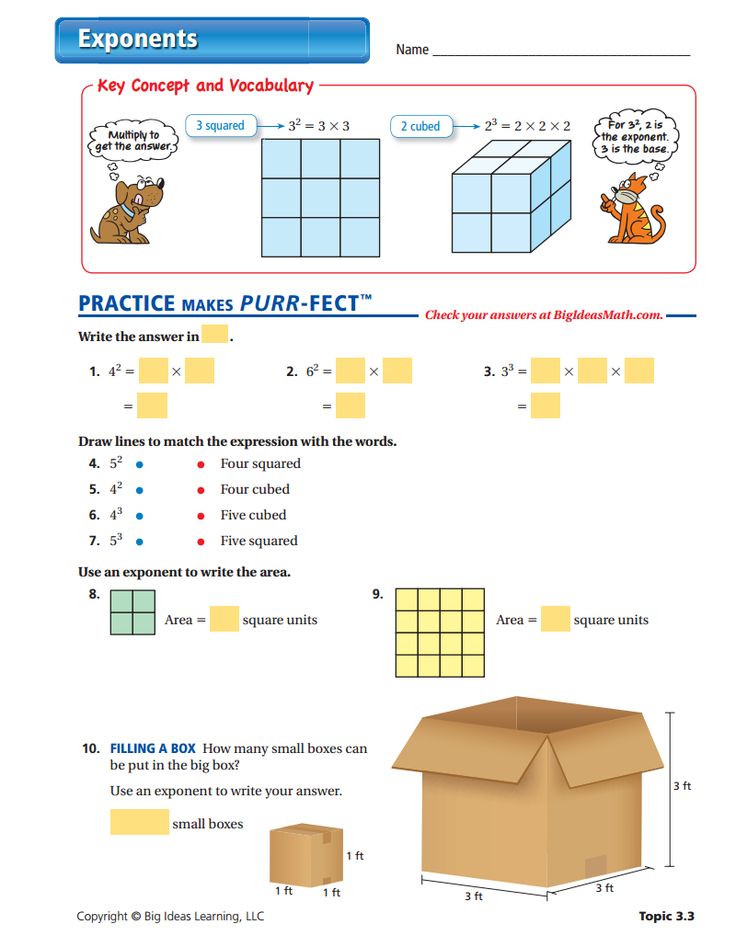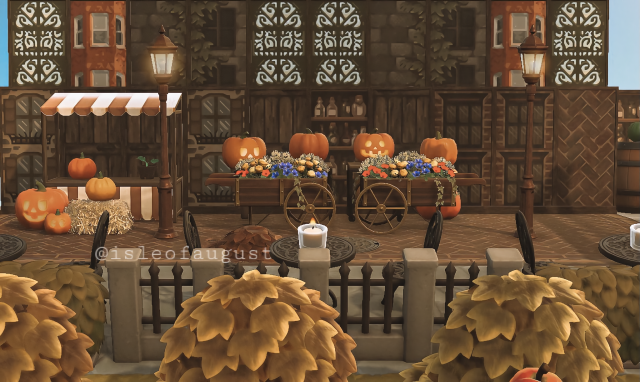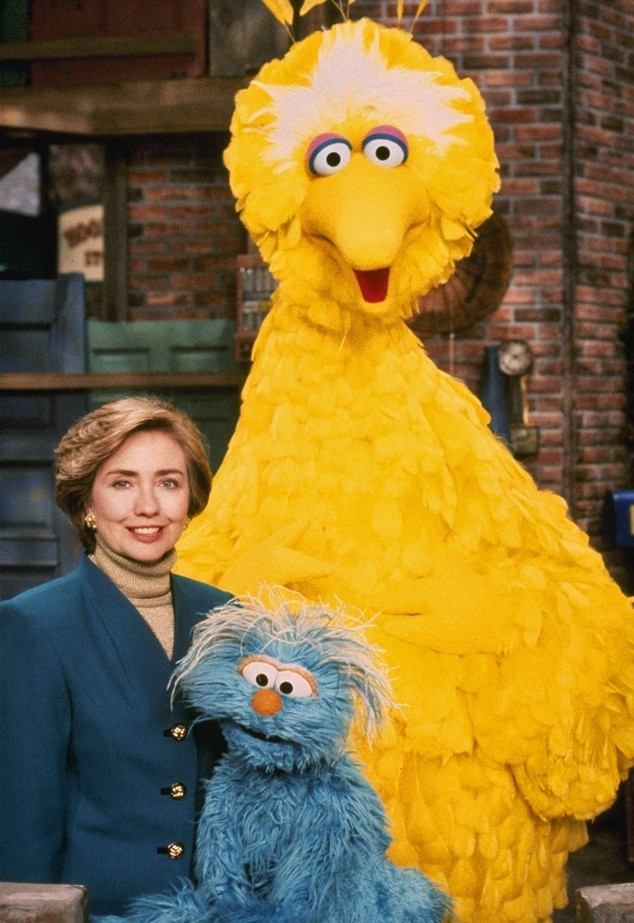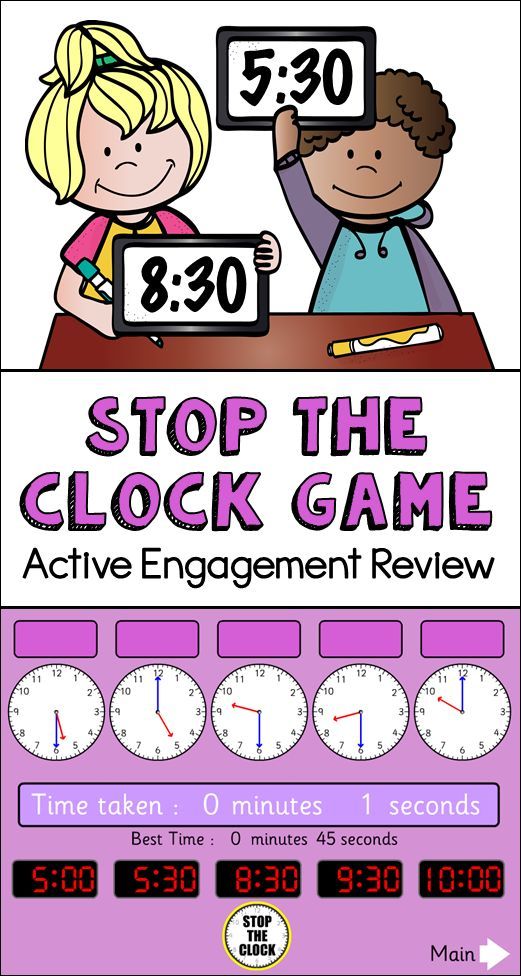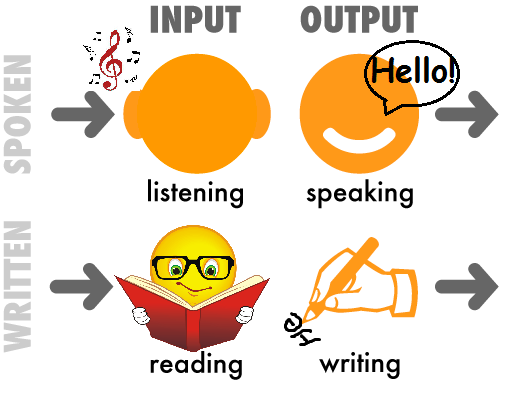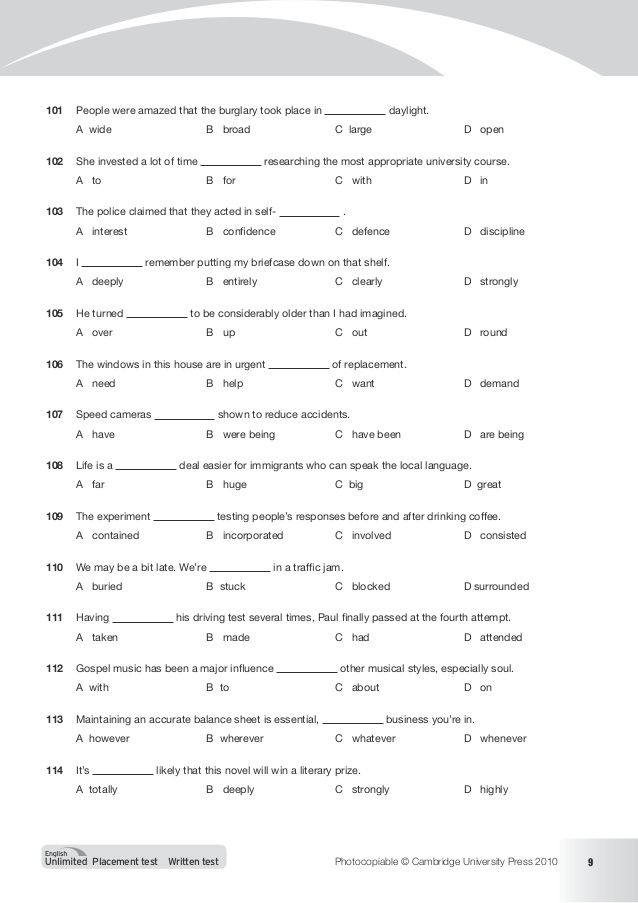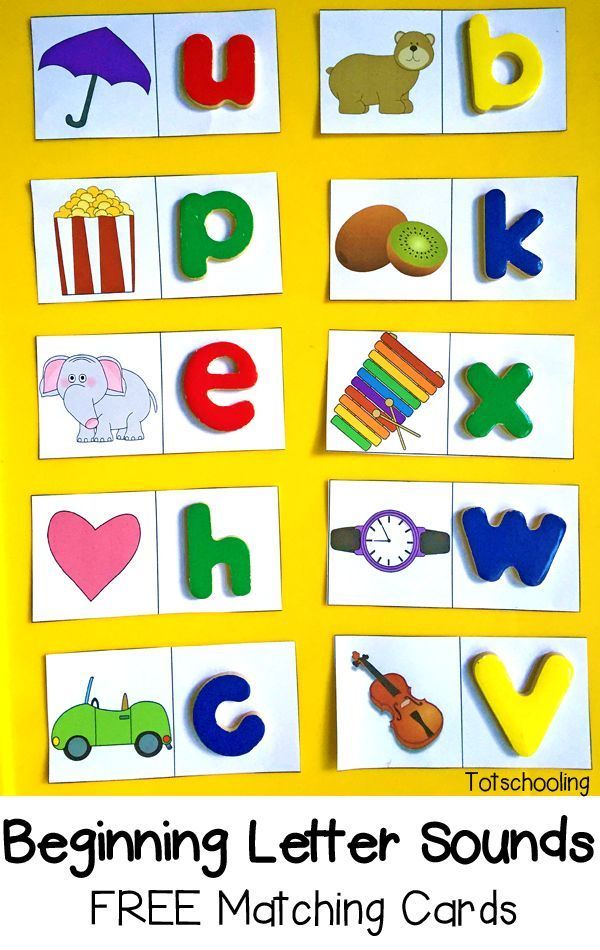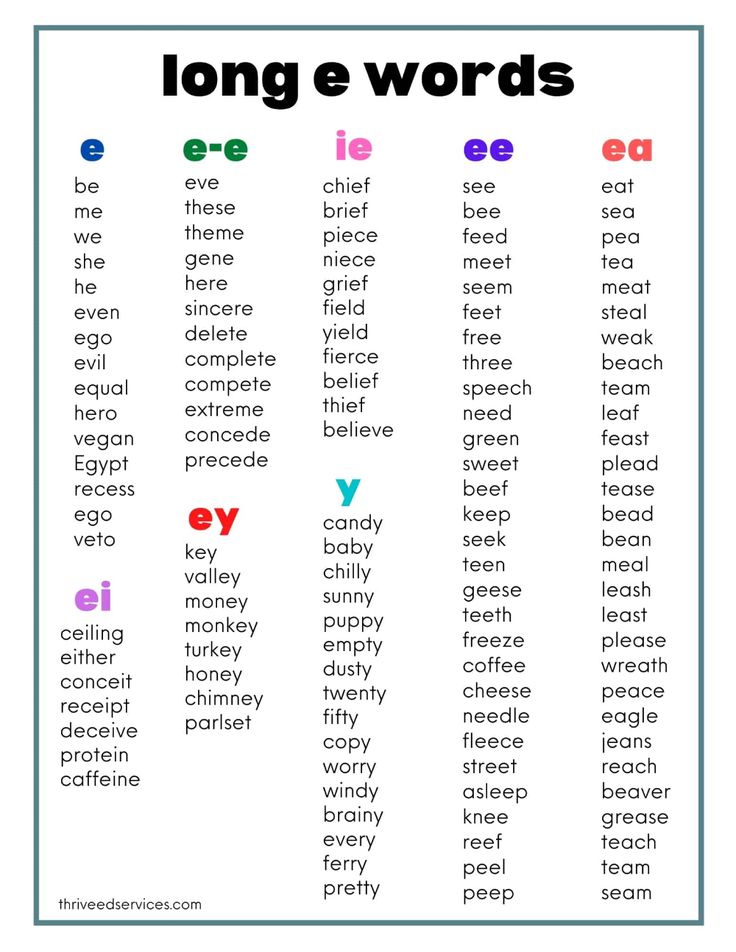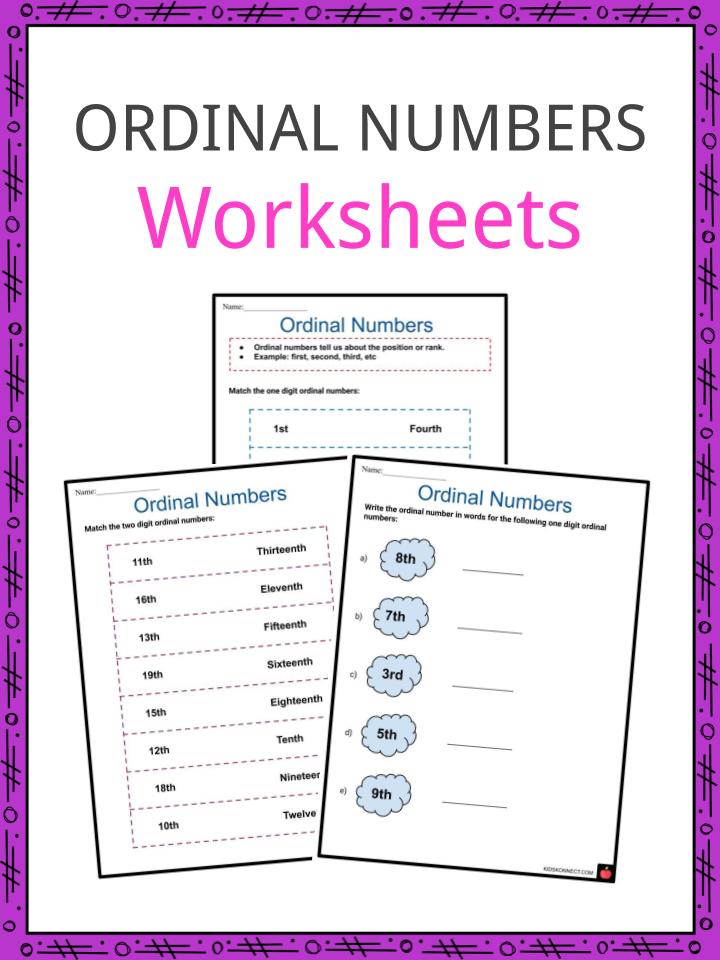Letter review for preschool
30 Hands-On Engaging Preschool Alphabet Activities
This post may contain affiliate links.
Each one of these preschool alphabet activities featured will help teach, reinforce, or review the letters of the alphabet. Add these alphabet activities for preschoolers to your lesson plans.
Learning the alphabet is a huge task for preschoolers. They have to learn to identify each letter – uppercase and lowercase.
Then, they have to learn the sounds each letter makes and many letters make more than one sound.
Each one of the activities featured below will help teach, reinforce, or review the letters of the alphabet. Many focus on beginning sounds, as well.
Dump Truck Pick Up Alphabet Game – Preschoolers will love driving around the room picking up the alphabet in their dump trucks. Homeschool Preschool
ABC Dot Pages – Fill in each letter of the alphabet with a dot marker or circle stickers. Homeschool Preschool
Alphabet Sensory Play – Sensory play takes learning to a whole new level. Here’s a great sensory bin that goes with Chicka Chicka Boom Boom. Natural Beach Living
Fingerprint Alphabet Art – There’s a fingerprint creation for every letter! Easy Peasy and Fun
Alphabet Ball Game – Here’s a fun way to get kids moving as you play one of five fun learning games with a bouncy ball. Hands On As We Grow
How to Teach the Alphabet with LEGO Duplo Blocks – Kids will practice matching uppercase and lowercase letters with simple activity. Pre-K Pages
Drive the Car on the Road Letters – These printables are perfect for car-loving kids! They’ll love driving their cars around each letter. Gift of Curiosity
Alphabet Puzzles – Alphabet puzzle printables help your preschoolers focus on letter recognition, letter matching, and beginning sounds.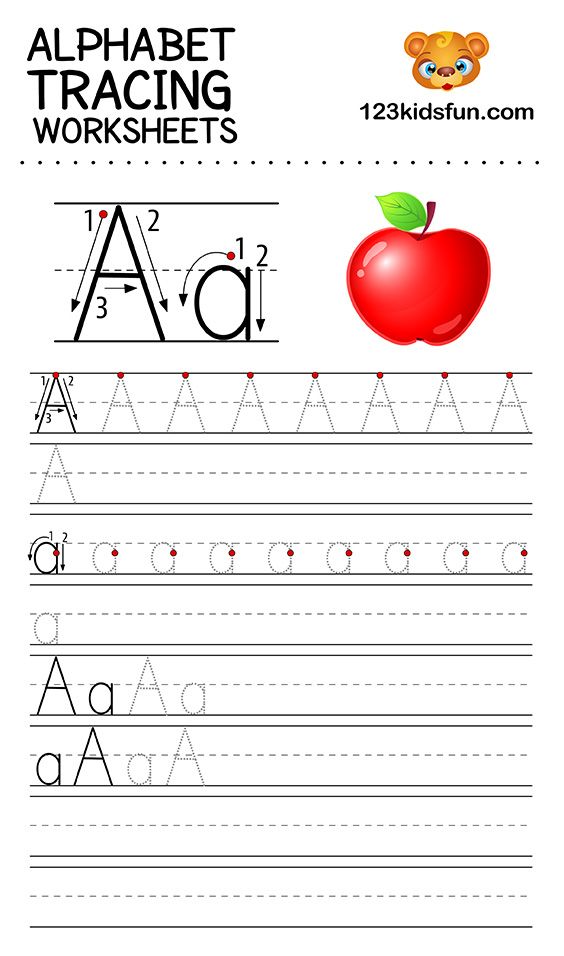 These wild west ABC puzzles are fun! Homeschool Preschool
These wild west ABC puzzles are fun! Homeschool Preschool
Make a Pool Noodle Alphabet Basket – Pool noodles make inexpensive hands-on learning tools in this fun ABC activity. The Educators Spin On It
Letter of the Week Crafts – I love every one of these fun Letter of the Week crafts! I bet your preschoolers will, too! Crystal and Co.
Alphabet Trace and Color Pages
As you begin to teach the alphabet to your preschoolers, be sure to add some fun worksheets to your activities. This set of alphabet trace and color pages is perfect for working on letter recognition and handwriting while providing a fun coloring activity, as well.
Click the image below, add your email address, and then check your inbox for your download link.
Glitter Alphabet Slime – Slime is an amazing sensory experience for kids. Combine it with alphabet beads, and let your kids explore. I Heart Crafty Things
Alphabet Target Practice with Water Guns – I’ve never met a kid who didn’t like being on the shooting end of a water gun! Can your preschoolers identify (and shoot) the correct letter? I Can Teach My Child
Alphabet Fine Motor Fun – From tracing each letter in playdough to outlining it with small beads, each step of this activity helps kids learn the alphabet and builds fine motor skills.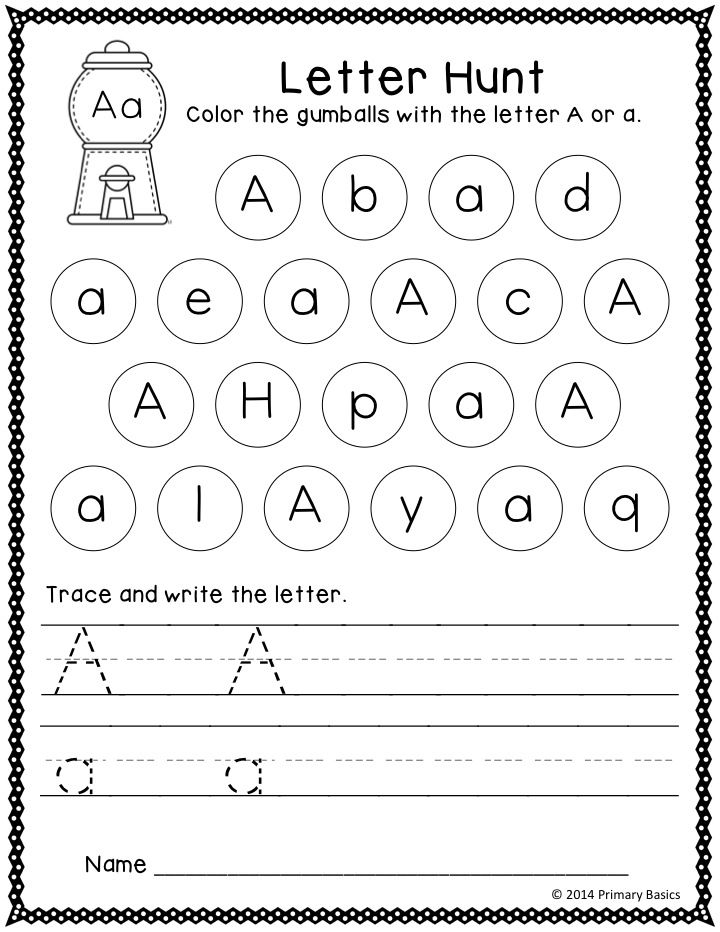 Childhood 101
Childhood 101
Alphabet Clip Cards – Kids will work on beginning sounds and their fine motor skills with these alphabet clip cards. Homeschool Preschool
Apple Alphabet Puzzles – Autumn is the perfect time to print out these apple-themed alphabet puzzles. Kids will practice matching uppercase and lowercase letters. The Letters of Literacy
Alphabet Play Dough – These playdough mats are perfect for helping kids learn to properly form each letter without the need for paper and pencil. Learning 4 Kids
Alphabet Sensory Play Search and Find – Read Alphabet Mystery, and then let your preschoolers hunt for the alphabet in this fun sensory bin. Little Bins for Little Hands
Handprint Animals: A Complete A – Z Set – From aliens to zebras, there is a handprint animal for every letter of the alphabet! Compile them in a binder throughout the school year, and your preschoolers will have their very own alphabet animal books to look at over and over again.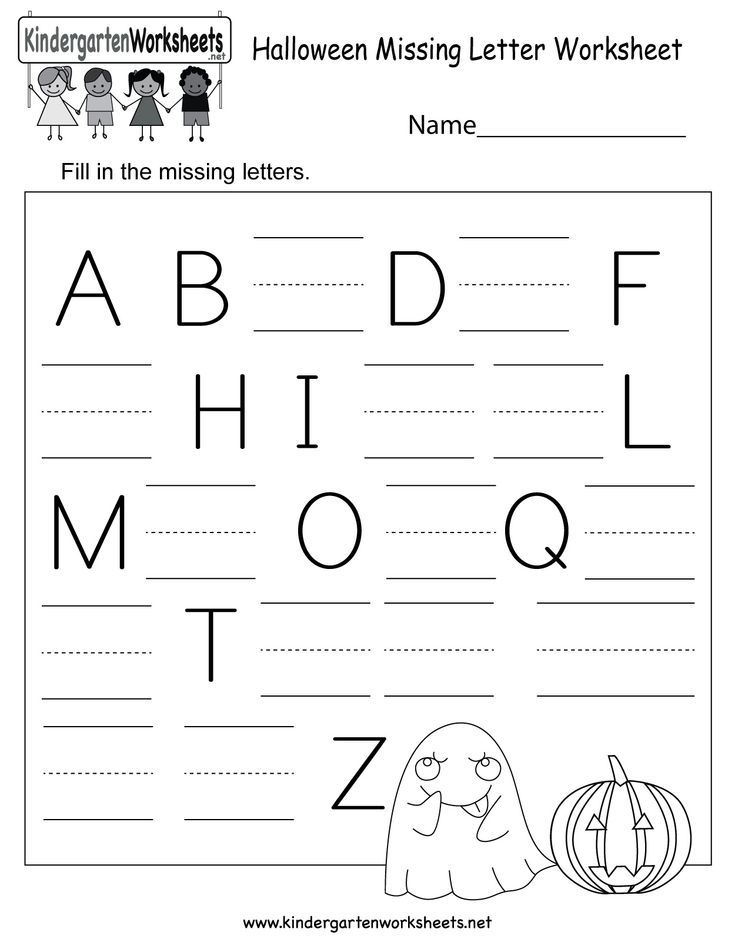 Red Ted Art
Red Ted Art
A Bee C Matching Cards – Little ones will have fun matching each “lowercase” bee to its corresponding “uppercase” flower in this fun printable that’s perfect for spring and summer. Homeschool Preschool
Move and Groove Gross Motor Alphabet Game – Build letters on the floor with painters tape. Call out a letter (or hold up a flashcard) and have your child go stand on it. This is a fun way to get the whole body involved in learning the alphabet. No Time for Flash Cards
Learning Letters with Alphabet Soup – Kids will love mixing and pouring and scooping as they make this very unique version of “alphabet soup”. Dirt and Boogers
Alphabet Letter Charades – How about a fun gross motor activity! Get kids moving as they use their bodies to form the letters of the alphabet. Coffee Cups and Crayons
Hammer the Alphabet – I’m sure all kids will love hammering “nails” into each letter of the alphabet.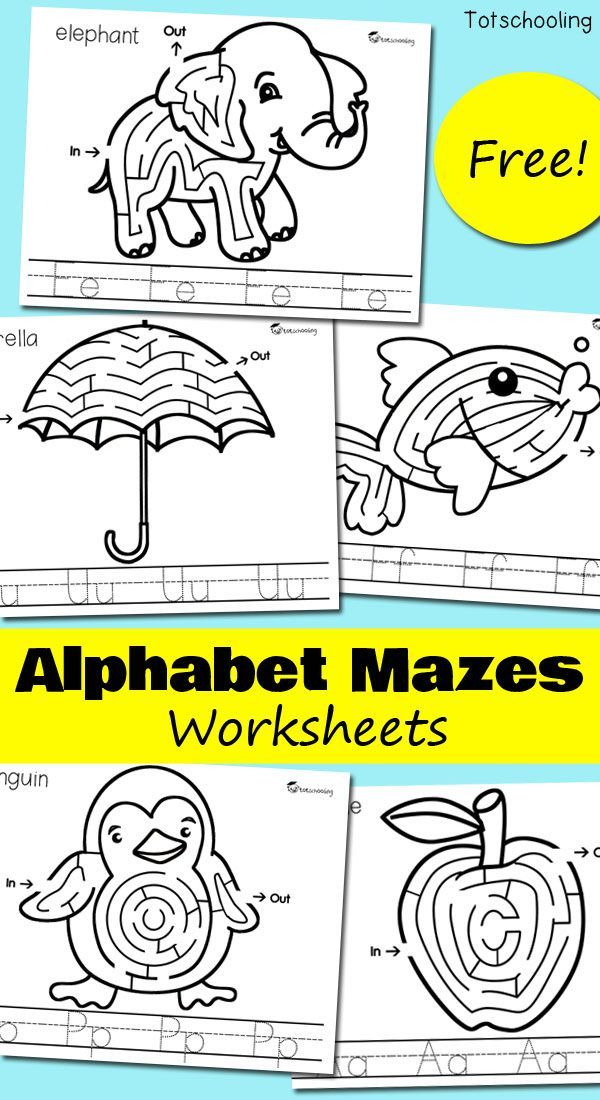 This activity familiarizes preschoolers with what each letter looks like as well as building fine motor skills. Frugal Fun 4 Boys
This activity familiarizes preschoolers with what each letter looks like as well as building fine motor skills. Frugal Fun 4 Boys
Fine Motor ABCs – By covering up large letters with small items, little ones will work on their fine motor skills as they “trace” the letters of the alphabet. A Dab of Glue Will Do
Magnet Letters – Discover three ways you can use magnet letters to help your preschoolers learn the alphabet. Homeschool Preschool
Playing the Alphabet Car Game – Encourage your kids to hunt for each letter of the alphabet on signs and billboards on your next road trip. What’s Up Fagans
Beginning Sound Alphabet Shopping – If your kids are ready to work on beginning sounds, send them on a scavenger hunt around the home to search for items that begin with the different letter sounds. Fantastic Fun and Learning
Learn the Alphabet with Play Dough – Here are three hands-on activities to help your preschoolers incorporate playdough into their ABC time.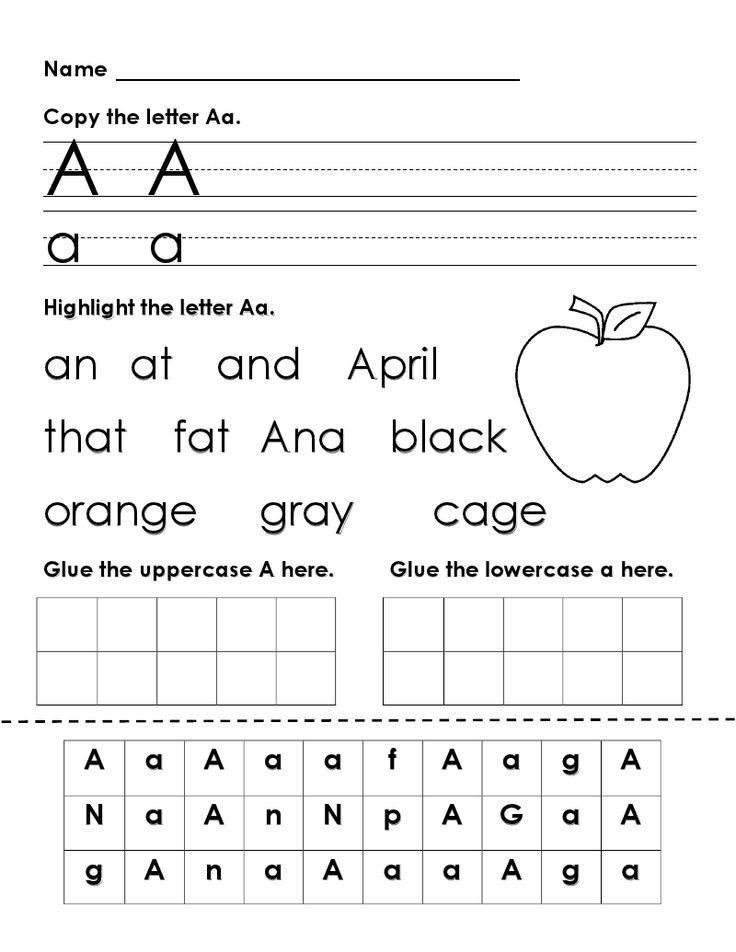 Homeschool Preschool
Homeschool Preschool
Alphabet Books
Alphabet books are a great way to help preschoolers and kindergarteners learn their letters. And they don’t have to be boring, either!
There are all sorts of fun and engaging alphabet books out there, from books that teach the letters through rhyming verses to books that feature adorable animals.
Alphabet books can also be a great way for parents and caregivers to bond with their little ones. Reading together is always a special time, and it’s even more special when you’re sharing a book that’s helping your child learn something new.
So whether you’re looking for a gift for a preschooler in your life or you just want to add some new titles to your home library, be sure to check out some alphabet books for kids!
• ABC’s for Boys – This one of a kind, hand illustrated alphabet book combines letters with all of boys’ favorite things–airplanes, dump trucks, and more!
• Alpha Oops! The Day Z Went First – It’s chaos! It’s pandemonium! And it’s definitely not as easy as A-B-C! Here’s a snappy story about the comic confusion that comes when the letters of the alphabet, like a class of unruly children, step out of order and show that each one has a mind of its own.
• Pinkalicious ABC – A is for Apple. B is for Bubble Bath. C is for Cupcake. What could be better than learning your ABC’s with Pinkalicious in this pinkamazing board book?
What activities can I do with my preschooler to help them learn the alphabet?
This sweet set of 26 fabric letters is a great way for your child to play and learn the alphabet. Safe for all ages. And can be machine washed and dried using a small mesh bag.
These epoxy sprinkle letters are so much fun! They can be used in sensory bins , along side educational activities, or on their own! 26 letters included!
What is your favorite alphabet activity to do with your preschoolers?
More Alphabet Activities
142 shares
- Share12
Alphabet Letter Identification Activities - PreKinders
Here are 15 fun, active, hands-on alphabet letter identification activities for Pre-K, Preschool, and Kindergarten.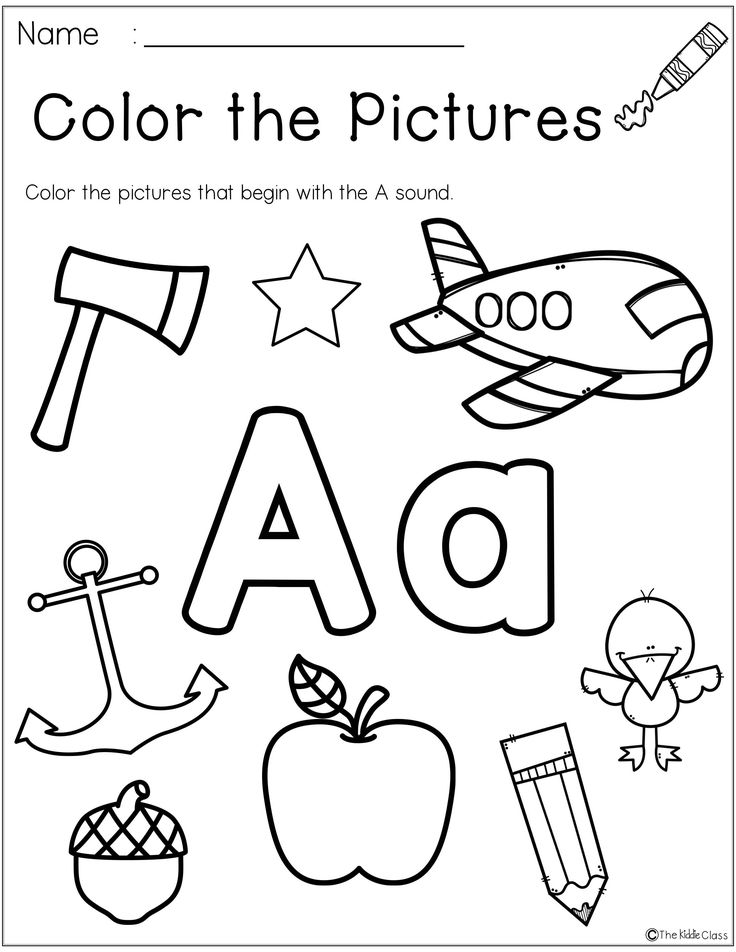
You can find many more Alphabet Activities here.
Letter Basketball
This is one of my prekinders favorite letter identification activities every year. To prepare this game, I cut copy paper or newsprint paper in half, and write letters on several pieces. I make enough papers for each child, plus one or two extra. I make a line with masking tape on the floor and place the trash can about 4 feet away. As each child has a turn, I tell them which letter to find. They pick up the letter, crumble the paper into a ball, and stand on the tape to toss it into the trash can. If they miss, they get as many chances as needed to get the “ball” in the basket and can move closer if needed. We always cheer when they make it in the basket! This game could also be played with alphabet bean bags if you have them.
Candy Letter Match
Write pairs of letters on sticker dots and place them on the bottom of several Hershey’s Kisses. For my Pre-K kids, I usually put out about 5-10 pairs of letters at a time.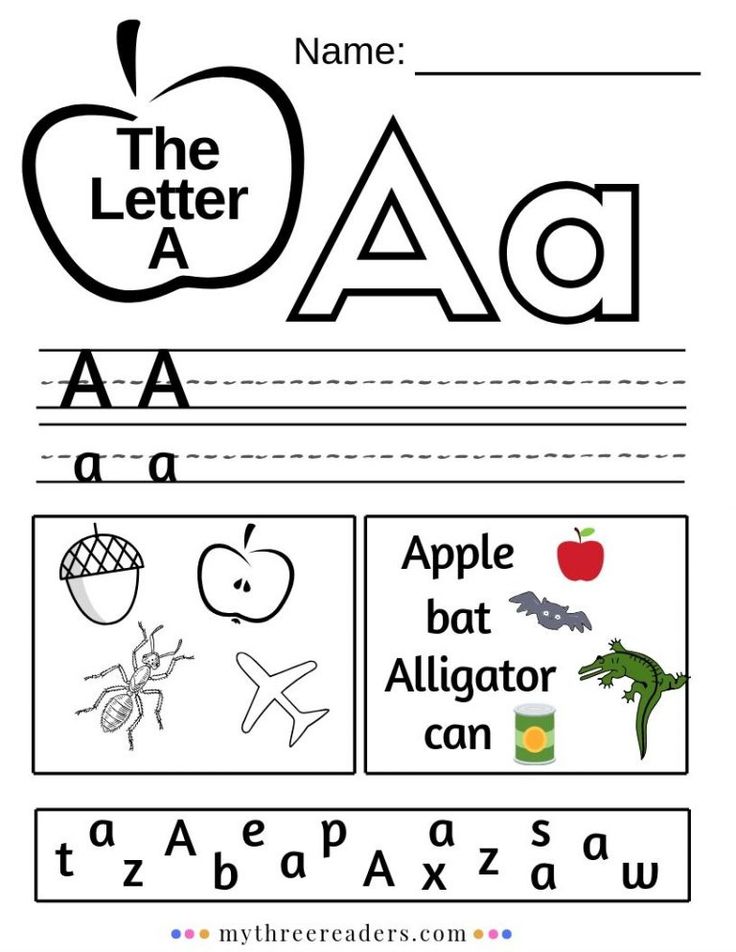 Children take turns lifting two Kisses at a time. If the letters match, they keep those Kisses. If they do not match, they have to put them back. At the end of the game, all of the Kisses are put in the middle of the table, and children can choose about 3 pieces to eat. We use this game to practice matching uppercase to uppercase letters, lowercase to lowercase, or uppercase to lowercase, depending on what we are working on.
Children take turns lifting two Kisses at a time. If the letters match, they keep those Kisses. If they do not match, they have to put them back. At the end of the game, all of the Kisses are put in the middle of the table, and children can choose about 3 pieces to eat. We use this game to practice matching uppercase to uppercase letters, lowercase to lowercase, or uppercase to lowercase, depending on what we are working on.
Alpha-Band
Label each rhythm instrument with a letter. An easy way to make instruments is to put rice inside a plastic Easter egg, and hot glue it closed. We sing the traditional Alphabet Song, or another alphabet song, such as Dr. Jean’s “The Alphabet’s in My Mouth” or “Who Let the Letters Out”, or Jack Hartmann’s “Animal Alphabet Cheer”. Children shake their letter shakers only when they hear their letter called out in the song.
Letter Hunt
Children choose any 10 letters from the letter manipulatives (use foam letters, magnetic letters, letter tiles or other letter manipulatives). Go through a stack of shuffled letter cards, calling out each letter to the children. As the letters are called out, children look to see if they have that letter, and if they do, the letter is put back in the letter basket. We see who is first to clear all of their letters. It’s very similar to a bingo game. In Pre-K, we play until everyone has cleared all of their letters because our goal is learning letters, not competition with the little ones.
Go through a stack of shuffled letter cards, calling out each letter to the children. As the letters are called out, children look to see if they have that letter, and if they do, the letter is put back in the letter basket. We see who is first to clear all of their letters. It’s very similar to a bingo game. In Pre-K, we play until everyone has cleared all of their letters because our goal is learning letters, not competition with the little ones.
*To teach letter sounds: Call out a word and have children identify the first letter of the word.
ABC Sorting Tray
I found this divided tray in a kitchen store. I labeled each section by writing a letter on a sticker dot and placing the matching foam letters in each section of the tray. I placed the letters in a bowl and children sorted and matched the letters into the sections of the tray. When I want to change out the letters in the tray, I just remove the sticker dots and add new ones. I usually try to use letters that are similar, so that children are challenged and use visual discrimination skills to find the differences in the letters.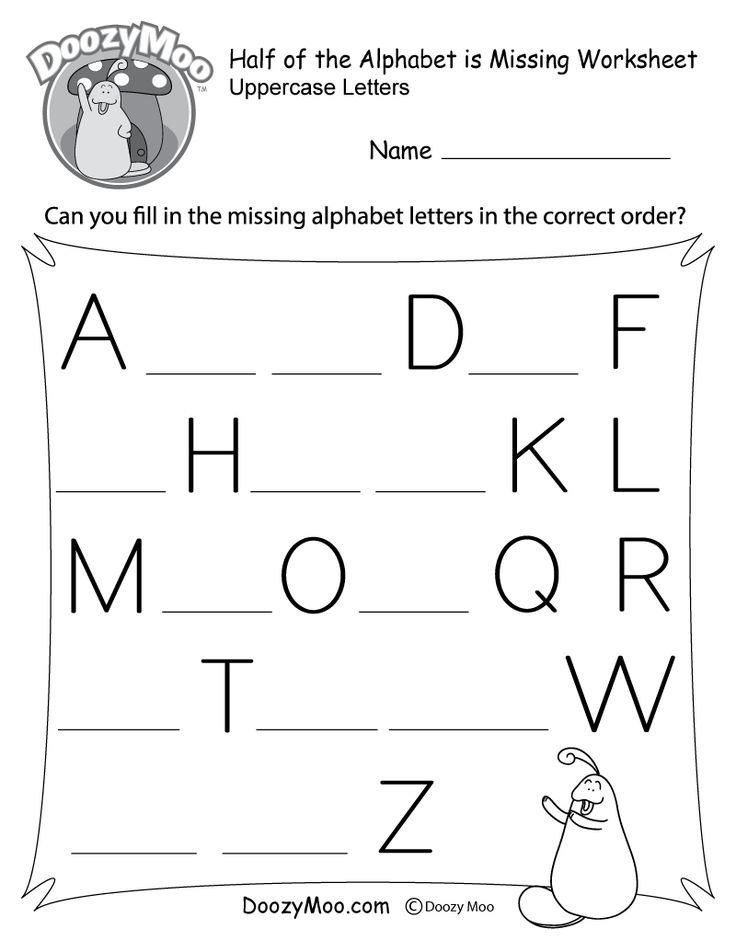 For example, I might use Q, O, D, C, and G since those letters are similar in shape, or I, T, J, or W, V, U.
For example, I might use Q, O, D, C, and G since those letters are similar in shape, or I, T, J, or W, V, U.
ABC Sorting Box
Label a craft storage box with letter stickers. Children sort letter manipulatives into the sections of the box. These are magnetic letter tiles in the picture.
Letter Matching Uppercase to Uppercase
For this activity, each child chooses a colored letter box. Children work in pairs to match the letters that are the same. These letters came from a set of foam letters that are sadly no longer available from Lakeshore (bring them back, Lakeshore!) However, you could do the same activity by using handmade cards with the letters written in two different colors. You might also consider using paint chips (paint sample cards) in two different colors and making A-Z sets in the two different colors by writing on the cards with a black marker.
Letter Matching Uppercase to Lowercase
Children work in pairs to match the uppercase and lowercase foam or magnetic letters that are the same.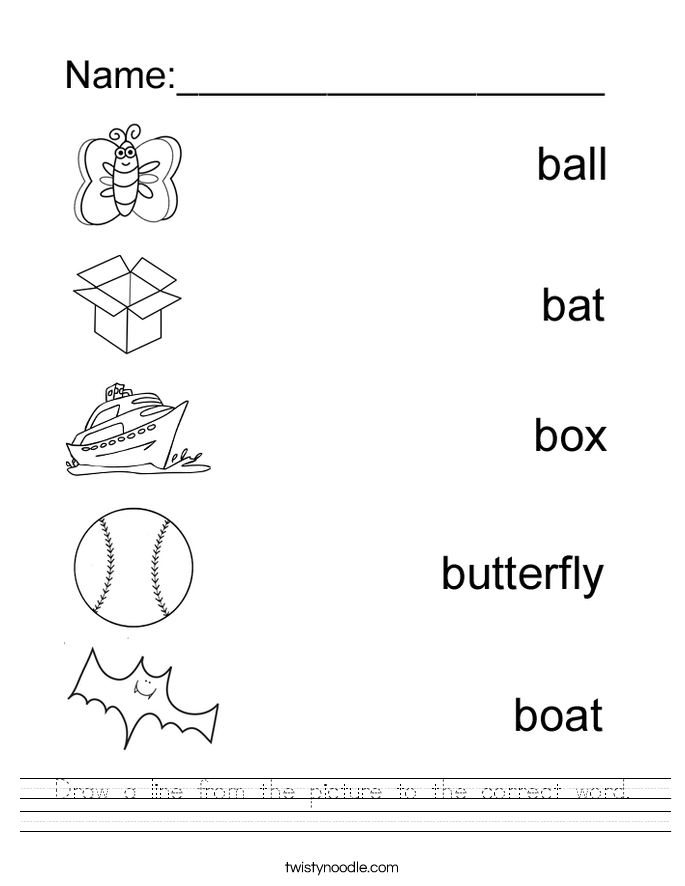 You could also use purchased or handmade letter tiles.
You could also use purchased or handmade letter tiles.
Stamping Game
Write about ten letters on a piece of paper for each child. Put the same ten letters in a bowl or bag, and pass it around the table. Each child has a turn to pull a letter out of the bowl or bag, and announce the letter to the group. Children find the letter on their paper and stamp it out with a rubber stamp.
Other ways we play this game:
- I put every letter of the alphabet in the bowl or bag and children determine if the letter is on their paper or not.
- I place small objects in the bowl and children identify the beginning letter (e.g. B for ball).
Alphabet Bingo
Each child looks for the letter the teacher calls out on their bingo card. If they have it, they cover it. Play until a card is full.
Alphabet Soup
Children take turns scooping up a letter from a bowl with a spoon or soup ladle. The child identifies the letter, and walks around the room searching for the letter somewhere in the classroom.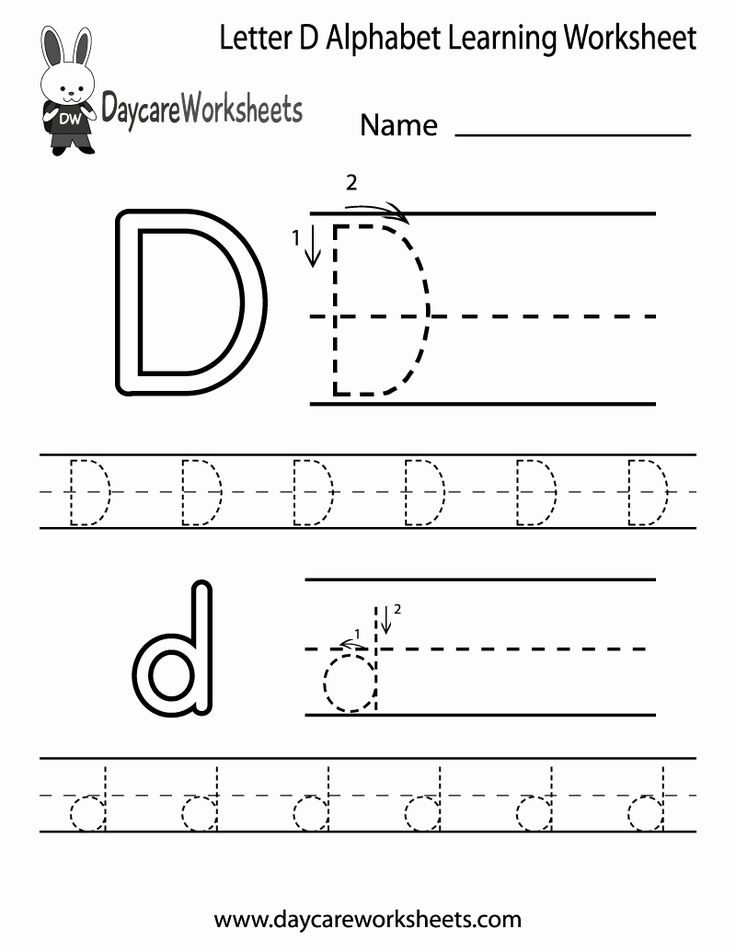
*To teach letter sounds: Children search for an object in the room that begins with that letter.
Letter Clips
Children squeeze the clothespins and clip them to the sides of the box. I wrote letters on dot stickers and placed the dot stickers around the sides of the boxes. I wrote letters on the clothespins so the children would match the letters on the clothespins to the letters on the boxes. This is similar to activities where children clip clothespins to a paper plate or cardstock circle; however, in my experience, those were flimsy and awkward to use, which is why I like the box better. Any sturdy box could be used (shoe box, postal box). The boxes in this picture were stacking gift boxes that held chocolate covered nuts (a Christmas gift), and they worked out perfectly. (By the way, Sam’s Club has these chocolate covered nuts in the same stacking boxes every year, and they are awesome!)
Memory Game
Place about three letter manipulatives on a tray, cover them with a cloth, and take one away.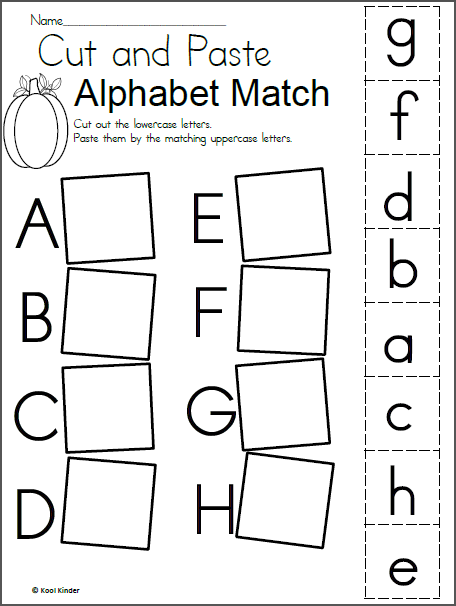 When the letters are uncovered, children guess which letter is missing. Children find the letter that is missing among their own set of letter manipulatives. If the children are very interested in writing, they can write the letter that is missing on a dry erase lap board. To increase the difficulty of this game, try using 4 or 5 letters. Another options is to place three letters on the tray, cover them, and ask the children to recall all three letters that were on the tray.
When the letters are uncovered, children guess which letter is missing. Children find the letter that is missing among their own set of letter manipulatives. If the children are very interested in writing, they can write the letter that is missing on a dry erase lap board. To increase the difficulty of this game, try using 4 or 5 letters. Another options is to place three letters on the tray, cover them, and ask the children to recall all three letters that were on the tray.
Alphabet Path Games
I made these path games using stickers bought in a craft store (scrapbooking section), and I made individual mats with about 10 letters on them. Each child gets a mat, a game piece, and some plastic chips to cover the letters on their mat. They roll the dice and count out the spaces to move their game piece. If their game piece lands on a letter that is on the mat, they cover that letter with a chip. Play continues until they have covered every letter.
Other ways we use the path games:
- Children identify the letter they land on, then find that letter somewhere in the classroom.
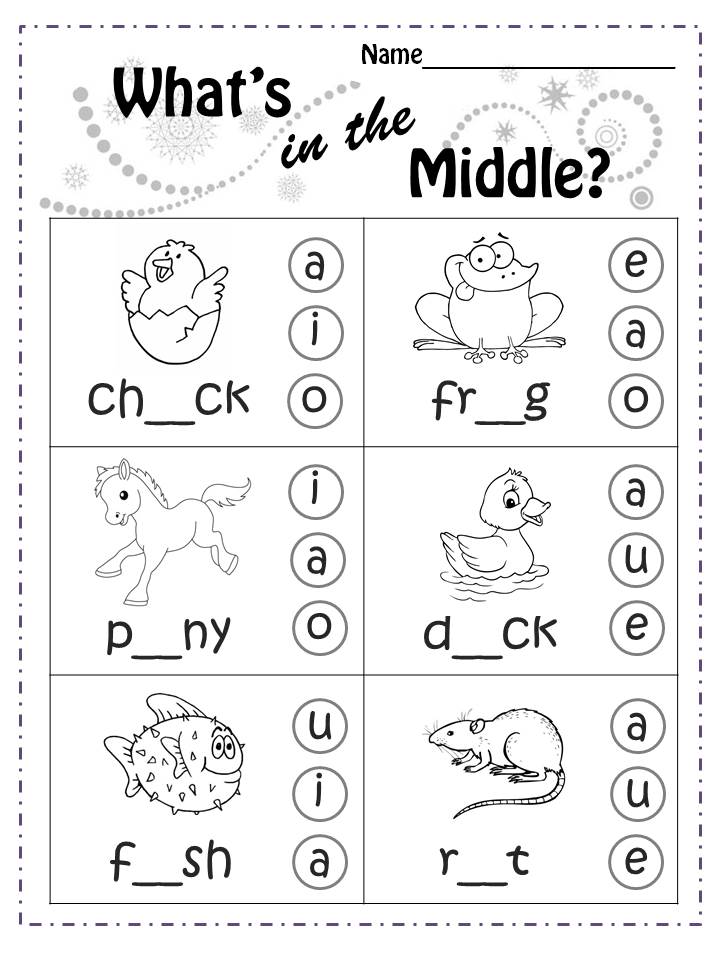
- Children find an object in the classroom that begins with that letter’s sound.
You’ll also like these resources…
How to get a review | Science and education: new time
In order to assess the level and content, as well as to obtain useful recommendations for improving new educational programs, we propose to organize and conduct an external independent (non-exit) examination of the above regulatory documents and methodological materials developed by your educational organization and / or teachers:
- examination of working educational programs taking into account the requirements of new standards (FSES), programs of elective courses, programs of experimental work, programs for the development of educational institutions, methodological developments, manuals, etc .;
- examination of programs, curricula for compliance with the requirements of the Federal State Educational Standard and other regulatory documents;
- examination of programs of further education, preschool educational institutions;
- examination of the fund of appraisal funds;
- preparation of reviews for: methodological development, lesson, article, etc.
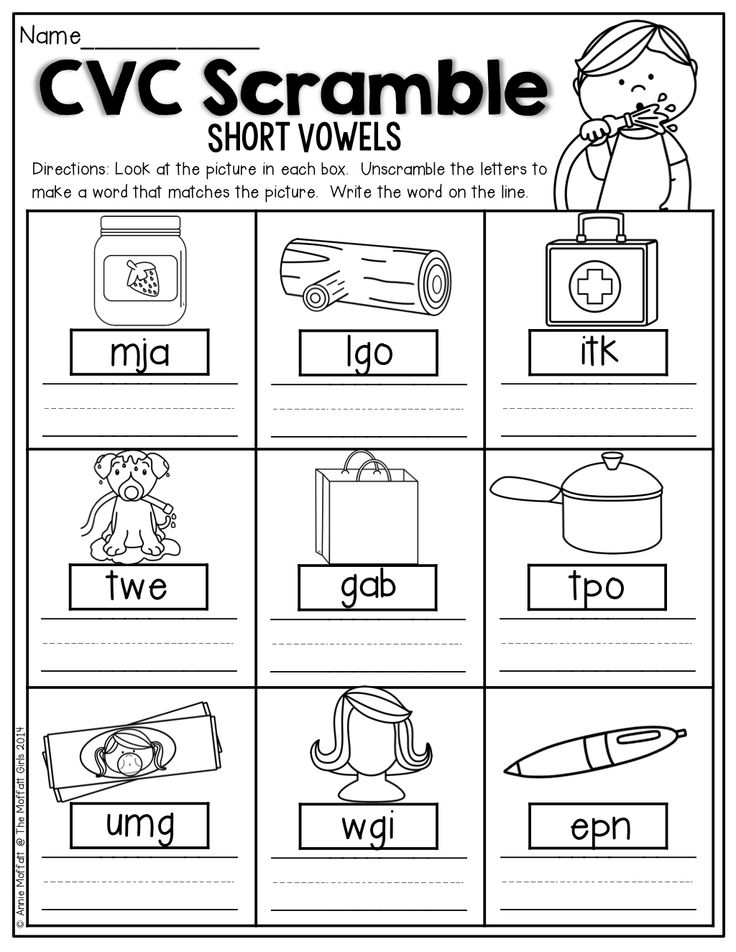
Benefits of our institution:
1. Examination / review is carried out by members of the Guild of Experts in the field of professional education, specialists in the field of education (candidates and doctors of science).
2. Measuring materials are developed on the basis of:
- the requirements of the relevant Federal State Educational Standards for the results of mastering educational programs;
- customer requirements;
- other criteria, indicators of expertise corresponding to the forms and types of expert materials.
3. On the basis of the analysis carried out, appropriate recommendations are developed for improving the materials being examined (at the request of the customer and / or as agreed).
4. Experts carry out their activities in accordance with the letter of application for an independent assessment (expertise, reviews).
The following can act as customers of independent assessment procedures (examinations, reviews):
- head of an educational organization;
- a pedagogical worker of an educational organization for the purpose of evaluating programs, methodological developments, lessons, articles, etc.
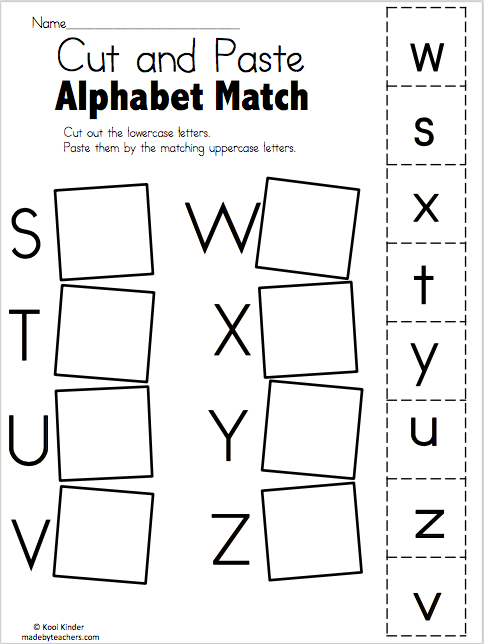 , their own professional activities, including in preparation for certification in order to establish a qualification category;
, their own professional activities, including in preparation for certification in order to establish a qualification category; - other interested persons.
- Why is it desirable today to conduct an examination of programs, etc.?
1. Your program or other regulatory document, teaching materials, etc. undergo an external review. Reasons for external expertise: A) A massive transition of Russian educational institutions to the Federal State Educational Standards took place. This means that one of the most serious problems remains the selection of relevant training content, innovative forms and teaching technologies, adequate technologies for assessing learning outcomes and graduates' competencies in the context of the requirements of the Federal State Educational Standard. Based on the results of this examination, you will receive an assessment of the content of the educational program by an independent expert in accordance with state requirements (FSES), B) In accordance with the requirements of the Federal State Educational Standard, in order to monitor the progress of students for the compliance of their personal achievements with the stage-by-stage requirements of the educational program, funds of evaluation funds (FOS) are created in educational organizations.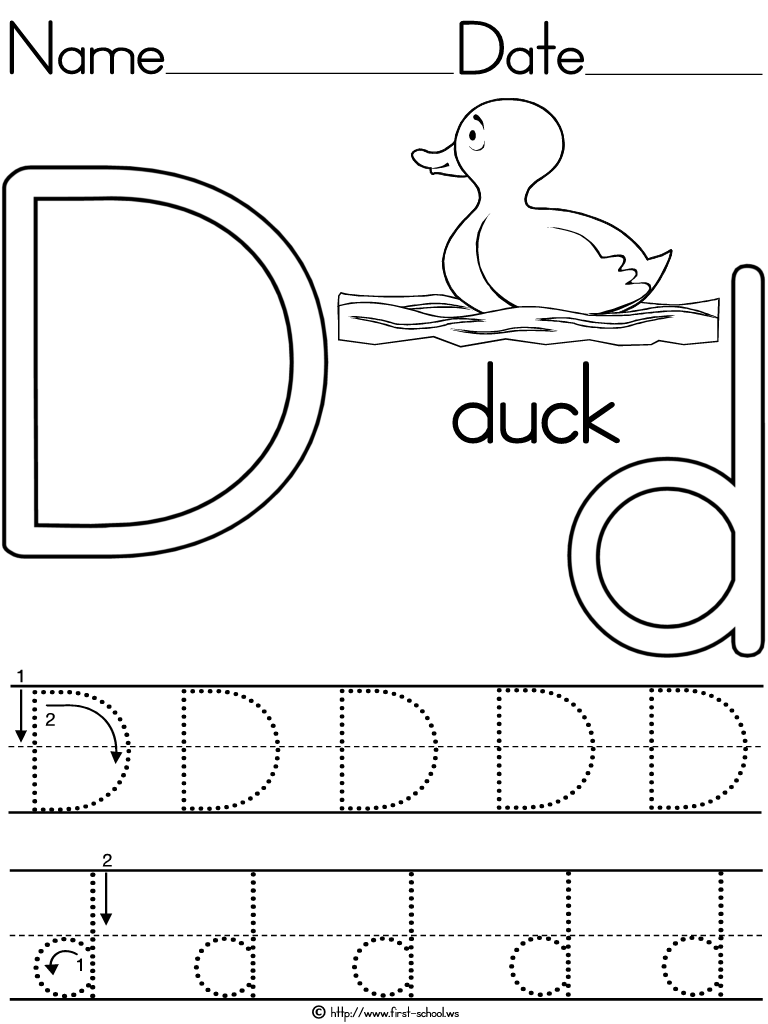 FOS should be complete and adequate reflections of the requirements of the Federal State Educational Standard of Higher Professional Education and are designed to provide a solution to the assessment problem of the compliance of the graduate's competencies with these requirements. The state assumes that the created FOS should undergo a multicomponent examination. As a result of this examination, you will receive - assessment of the content validity of the FOS; — identified positive aspects and shortcomings in the structure and content of the FOS; - expert recommendations to eliminate deficiencies (if any) and improve the structure and content of the FOS; — generalizing conclusions on the use of FOS in quality control procedures. External examination of the FOS is carried out by independent experts in the field of vocational education by analyzing the submitted materials.
FOS should be complete and adequate reflections of the requirements of the Federal State Educational Standard of Higher Professional Education and are designed to provide a solution to the assessment problem of the compliance of the graduate's competencies with these requirements. The state assumes that the created FOS should undergo a multicomponent examination. As a result of this examination, you will receive - assessment of the content validity of the FOS; — identified positive aspects and shortcomings in the structure and content of the FOS; - expert recommendations to eliminate deficiencies (if any) and improve the structure and content of the FOS; — generalizing conclusions on the use of FOS in quality control procedures. External examination of the FOS is carried out by independent experts in the field of vocational education by analyzing the submitted materials.
2. In many regions, one of the criteria for preparing for attestation in order to establish a qualification category is the presence of an external review of the program, methodological development, etc.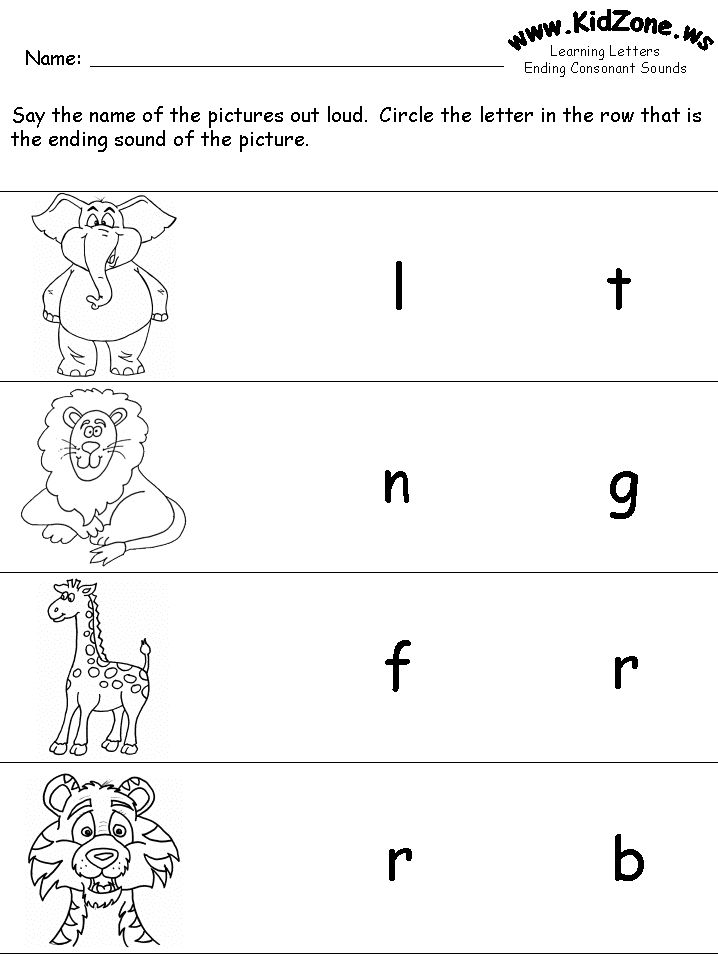 or expert opinion.
or expert opinion.
More details in Regulations on the examination of educational programs of vocational education and training, pedagogical innovations and educational and methodological support of education (see attachment to the letter)
For all questions, please call 8(8352) 58-31-27 (Alla Nikolaevna) or write a letter: e-mail: [email protected]
How to get an official review of the article
If available the need to obtain a review of article , you can use the services of reviewers: candidates, doctors of science, expert members of the Guild of Experts.
How to do it:
- Write a letter to the experts by e-mail: [email protected] about the intention to receive a review of the article;
- You receive on your e-mail more detailed information about the conditions for obtaining a review;
- If you decide that you are satisfied with the proposed conditions, fill out the application (see Appendix 2) and send it to e-mail: ekspert-centr@inbox.
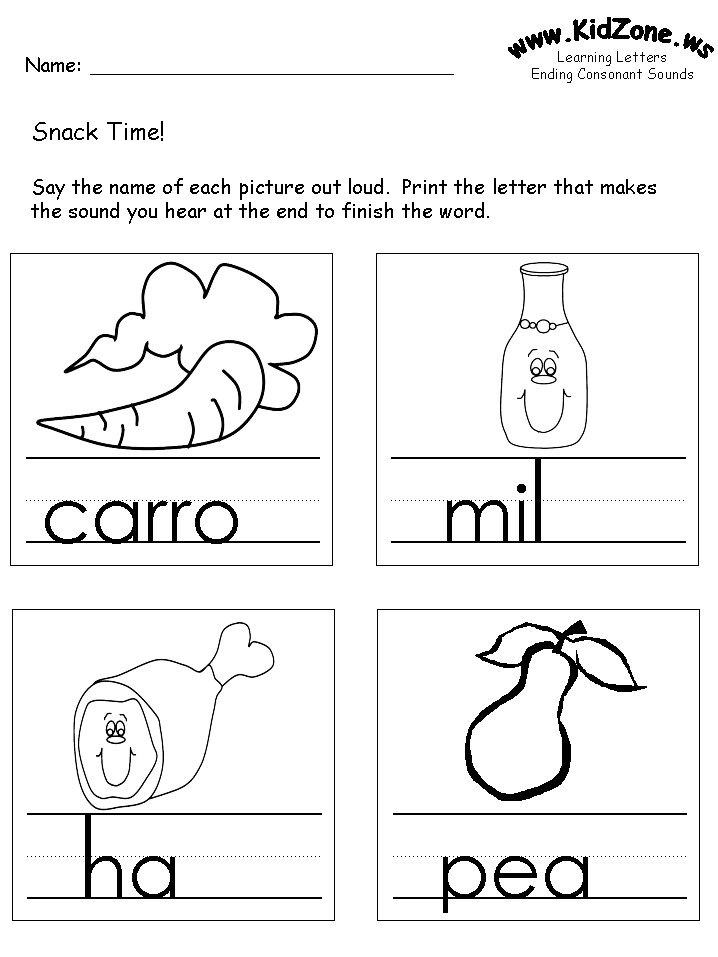 ru;
ru; - Together with the application, send your work for review;
- You receive a receipt for payment, pay for the service of experts.
- Within 10 - 30 working days you will receive a scanned copy of the article review to the e-mail specified in the application (with a seal and signatures). The original review is sent by Russian Post to the address of the applicant.
You can also get a review of the program, project, methodological development, competitive work, lesson, etc. (price - as agreed).
Requirements for the design of the work (the requirements are the same, for the correct calculation of the amount of work) of the entire work, except for tables - 14 pt, font size for tables - 12 pt, line spacing - 1.5, page width alignment, paragraph indentation - 1 cm (without using the Tab or Space keys).
For cooperation with the Research and Publishing Center, please contact the "Contacts" section and we will answer you.
Scientific and publishing center "Articulus-info" carries out expert activities in the field of education: Regulations on expertise What to choose Library Subscription 📖Knigi 🎧Audioknigi 👌 Paid books 🔥 Books 🎙 Top Audiobook 🎙 Distribution of its unloading 9000,0002 📖 Ricnigs0006 🎧Audioknigi 👌 Basic books 🔥novinki ❤️ Books 🎙 Top Audiobook 🎙 Make up your podcast Reviews and reviews of the book Anastasia246 appreciated the book "This is the battle. It is always a bit embarrassing to read the published letters and diaries of others: that personal, deeply intimate inherent in all of us is put on display here (for commercial gain, of course, or just to satisfy curiosity), but all this was not written for the audience at all . "What am I in the eyes of the majority? Zero, an eccentric, an unpleasant person - an insignificance of insignificances. Well ... I would like to show with my work what is hidden in the heart of this eccentric, this insignificance ... " Deep and long, throughout (without exaggeration) life, some kind of mystical connection between two brothers - the great artist Vincent van Gogh and his brother, the art dealer, Theo was, undoubtedly, something much more than family relationship. This is spiritual unity, understanding each other at some invisible level. Theo is one of the few (if not the only one) who saw and believed in his brother's talent. And only to him Vincent could entrust his experiences, his dreams and hopes, his vision of this world. The conversations of two brothers, located thousands of kilometers apart, resemble a warm friendly conversation, a desire to share the most intimate. And if in Irving Stone's book - The Thirst for Life we see a life full of hardships, suffering, deprivation, then in the book of letters to his brother (although, by the way, you can also get to Vincent's letters to his friends), this same life appears in a completely different perspective. He tells in such detail and with such love about each picture, each study; he explains what he wanted to convey on the canvas, what paints he used and for what. He talks about life's difficulties as if reluctantly, so, between the word, because these are just annoying hindrances that prevent you from creating. Money is not a goal for him, nor is success. He spends all his money on brushes, paints, canvases, wages for models, drawing books. He does not need anything for himself personally, he wants to bring beauty and harmony into the world, he wants to make it publicly accessible for understanding, he wants to catch it in nature and express it with pictorial means. And that is why his reflections on art in general and the role of artists in particular are so deep and philosophically beautiful, with which he constantly intersperses his narrative. Reflections are full of life observations, you believe them, but what anguish comes through in them: the healing of suffering and its necessity for the creator, and all that sort of thing. The book debunks the myth about the impracticality of people who serve art. They know the value of money, his letters are filled with scrupulous calculations of what can be saved, how much he needs to pay for his stay and so on. The earthly world does not let go, although thoughts are somewhere out there, in the unattainable heavenly... A story about loneliness, which, in fact, did not exist. There was a life filled with meaning, illuminated by an inner light, a life for which one cannot be ashamed... "Is my path really less correct just because someone keeps saying: "Have you gone astray?" I would also like to note the successful composition of this publication: the letters are grouped by periods associated with places of residence, arranged in chronological order and, importantly, they are preceded by a biographical note about the events that took place in Van Gogh's life during this period. 5/5, the artist's reflections on art - what could be more beautiful? I even wrote out a bunch of quotes from the book. "No matter how deeply unhappy I am, a quiet, pure harmony and music always lives inside me. In the most impoverished shacks and dirty corners I see plots of drawings and paintings..." " The great does not come by chance, it must be stubbornly pursued" P.S. On the same topic, I warmly recommend the already mentioned book by Irving Stone - Lust for Life (a different angle on Vincent, but the questions are the same), Dina Rubina's story "Cold Spring in Provence" from Dean Rubin's collection - Bonzhorno, Comandante! (here are the impressions of the writer from reading the book of the artist's letters) and two wonderful films: 1) Van Gogh. On the Threshold of Eternity (a drama by an artist misunderstood by his contemporaries and friends, a simple-hearted man who only wanted to bring a little bit of beauty into our world, and he was told that it was ugliness. 2) Van Gogh. Love, Vincent (2017) is a marvelous animated film that over 100 artists worked on to recreate Van Gogh's brushwork on screen. It turned out incredibly beautiful and unusual. December 15, 2020 LiveLib Share nad1204 Appreciated the book If you only know about Van Gogh that there was such a crazy artist who cut off his ear in a fit of madness, put this book aside. Most likely you won't like it. First, read something about the Artist, look at his paintings, and if you become interested, then you can already read letters to your brother. Many good articles have been written about Van Gogh, and I especially recommend the book Lust for Life by Irving Stone. If you know enough about Van Gogh, love art and painting, then I beg you, do not pass by this book! You won't forgive yourself! I don't like reading the letters of the greats at all. They weren't meant for us. These are already descendants from greed, stupidity, vanity or any other considerations, who exposed the personal lives of talented, famous, but so ordinary and not devoid of all human weaknesses and vices to the public. September 8, 2013 LiveLib Share Evaluated the book When you read a lot of biographical works of creative personalities, at some point you begin to protect a person from his work, only sometimes taking facts from a biography and correlating with his works so that the attitude towards the individual does not affect the perception of creative success. In his letters to his brother Theo, Vincent shows his attitude to the world and people, it looks very sincere and sincere. He argues and reflects, tries to analyze how people treat him and why. Often he asks for money and explains why, it is striking how extravagantly the artist treated his professional activities, but at the same time he periodically malnourished. He bought the best paints to paint a masterpiece, and he could forget to eat, this is typical of many creative personalities, but it is rare that he will have the opportunity to observe this closely. Unfortunately, I could not find enough information about Vincent's brother, Theo van Gogh, but there is no doubt that his contribution to the development of the artist was enormous. It is great that he kept more than 600 letters from his brother. Throughout the book, I thought why can't we get acquainted with what Theo writes, but it turned out that Vincent did not save his brother's letters, unlike Theo. September 26, 2020 LiveLib Share Miroku_Rei Evaluated the book Reading someone's letters is always a little uncomfortable for me - something like a conscience in front of a person, even if he has died a long time ago. "Letters should only be read by those for whom they are written." Van Gogh wrote to a man who accepted him for who he is: with all his minuses, dependent prostitutes, partying in southern brothels, contempt for the church (but not for God, which is important), constant requests for money on the brush -paints-canvases-workshop-sitters-food, constant complaints about health and the difficult path of creativity. But almost more than Vincent van Gogh himself, he is struck by his silent (how many times during the book I was sorry that Theo's answers to these letters could not be found anywhere, that I can judge his reaction only by the fact that Vincent money has not yet run out, and he is still absorbed in his paintings) brother. More than once I have tried to imagine that Vincent is addressing me directly in these letters - this is a very strange idea, but one can draw one's own conclusions from it. Maintain an older artist brother who is absolutely incapable of earning on his own? Send money even when he supports a street woman and her two children with this money? Support his initially utopian ideas of creating an artists' association where everyone would be happy? Don't let the thought of drawing yourself (and Vincent notes several times in his letters that Theo has both a vision and all the makings of a good artist and even often invites him to live and paint together, forgetting that then the two artist brothers will simply starve to death) ? Without the seller of paintings by Theo Van Gogh, who received money for things that he did not like, there would be no Great painter Vincent Van Gogh - the artist whose things Theo loved more than life. January 22, 2013 LiveLib Share Anthropos Rated the book Sometimes perfection is very easy to achieve. To make this book perfect, it took just one simple action - to remove the vulgar golden dust jacket and throw it in the trash can. After that, the book became magnificent in everything: both content and design, and most of all, a combination of the first and second. Van Gogh is a special artist for me. His work captivated me once and hasn't let go since. I had a period of life when I perceived the world through the prism of his work. You know, in photo editors there is often a “painting” filter, when you can make any picture look like it was painted in oil? This is how it was with my perception, I wandered through the night streets of Orel, imagining it to be Arlem, and composed poems about the green Van Gogh. That period remained in the past, but the love for the artist's works remained. Vincent's own letters are quite different. This edition does not include all correspondence with his brother, but only early letters from 1878 to 1883. In them we see the throwing of a young man in search of his life path. Through letters to his brother Theo, a very vivid picture arises of how Vincent refuses to engage in trade, wants to become a priest, and finally comes to painting. Vincent is self-taught, in fact no one taught him to write, he reached everything on his own. And the reader goes along with him. And now it's time to talk about the design of the book. The publishers placed on almost every page sketches, sketches and paintings by the artist, corresponding to the period of a particular letter. Vincent writes to his brother about some sketch, attaches its sketch to the letter, and the reader sees this same drawing in the margins of the book. Since this edition ends in 1883, we do not see any of his famous paintings, they are all painted later, but even in his early drawings one can feel a very great talent, a creative genius. But we learn not only this side of the artist's life. From almost every letter, the details of his life become known, not at all a simple life. Van Gogh appears before us as a very lonely person. Relatives, including parents, consider him a slacker and do not see talent in him. The one he thought was a friend turns away. When he, being a missionary, in order to understand the life of the miners, begins to live their life (in rags, in labor to exhaustion, starving), the church does not understand him and deprives him of his mission. Separately, it must be said about Theo. We do not see his letters; very few of them have survived at all. But even from Vincent's letters, one can understand that he is the only one from the family who sees creativity in his brother. And he constantly helps his brother financially, Vincent lives practically at his expense, hoping to repay all his debts in the future. Correspondence did not stop in 1883, the brothers corresponded until Vincent's death. I suspect that subsequent letters will become heavier, more desperate, knowledge of the artist's biography suggests this. But I, nevertheless, want to read the entire correspondence to the end. I don't know if I'll wait for the second volume - the same luxuriously designed edition or just find the texts. It is impossible to say what impression I will have from all the correspondence, but now the artist’s letters inspired me incredibly. Almost for the first time in my life, I want to learn how to draw, so that, taking a simple pencil in my hand, I could capture a piece of this beautiful and furious world.
 Letter of application of the organization for technical or substantive expertise
Letter of application of the organization for technical or substantive expertise “Letters to Brother Theo” reviews and reader reviews of the book📖 by Vincent van Gogh, book rating — MyBook.
In art, you need not to spare itself" 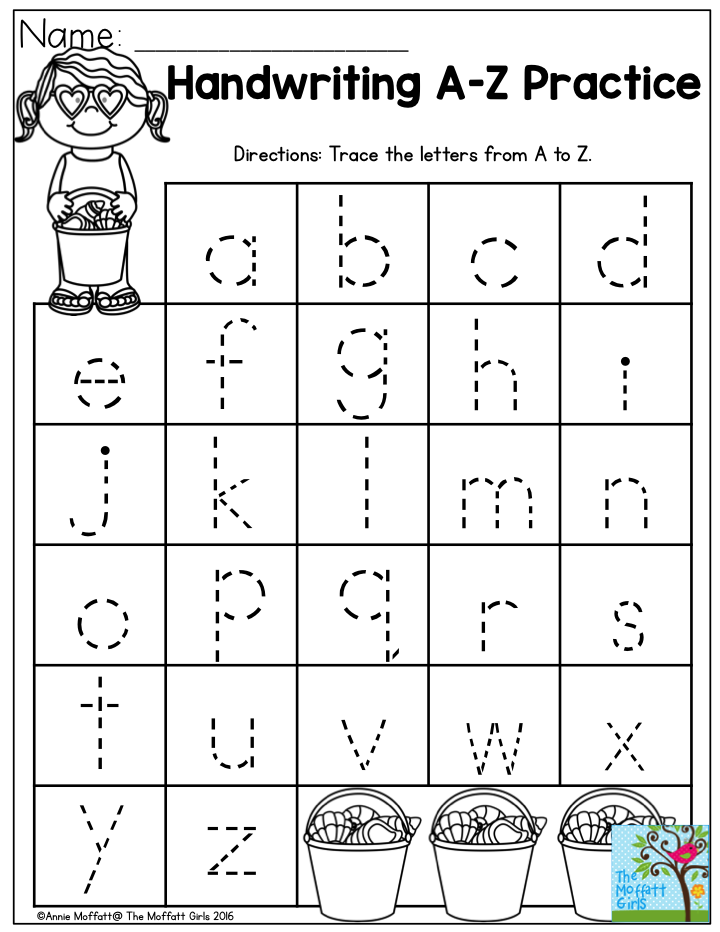 ..
.. 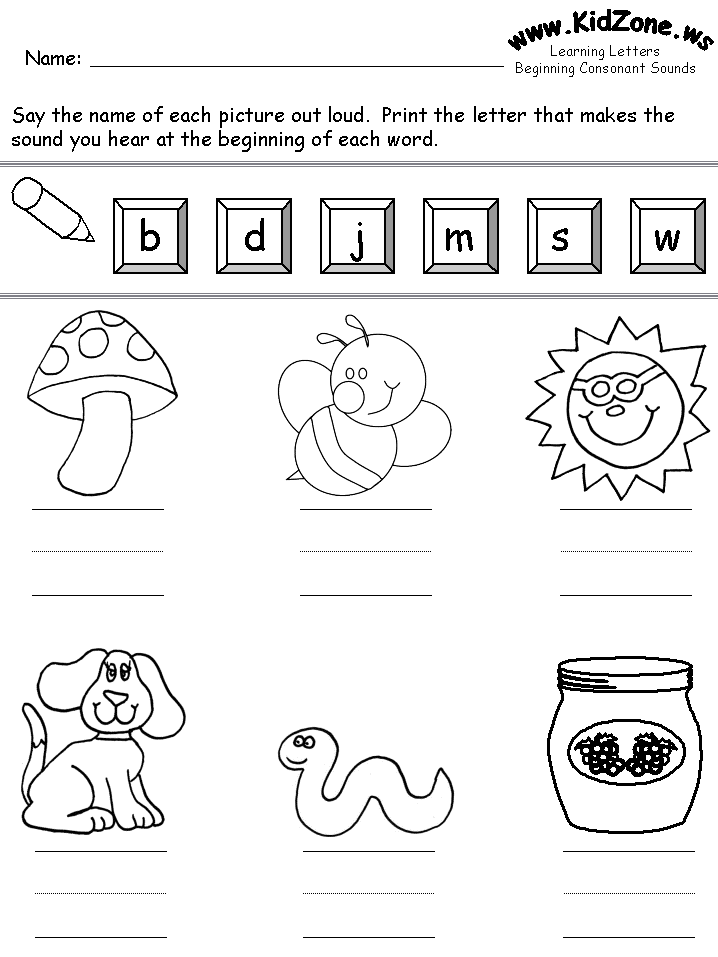 Vincent, as befits a true man, does not complain about the difficulties that he had to experience (and he had to experience a lot: illness, poverty, hunger ...) He tells his brother with genuine enthusiasm, choking with delight, about the joys of his work, about that gives him strength, the desire to get up in the morning, about the passion that burns him from the inside. And this passion is not for a woman - women were in no hurry to give Vincent their love, knowing full well that his talent and genius should belong to the world, and not to them alone - a passion for painting, a passion for canvas, brushes, paints. This passion did not bring money, material benefits, respect of contemporaries - even friends, and they did not always understand him (only Theo always understood and accepted him). Passion gave a firm and clear confidence that you were not living in vain, that you were doing something necessary and important, something valuable, something that would be appreciated later, but definitely appreciated .
Vincent, as befits a true man, does not complain about the difficulties that he had to experience (and he had to experience a lot: illness, poverty, hunger ...) He tells his brother with genuine enthusiasm, choking with delight, about the joys of his work, about that gives him strength, the desire to get up in the morning, about the passion that burns him from the inside. And this passion is not for a woman - women were in no hurry to give Vincent their love, knowing full well that his talent and genius should belong to the world, and not to them alone - a passion for painting, a passion for canvas, brushes, paints. This passion did not bring money, material benefits, respect of contemporaries - even friends, and they did not always understand him (only Theo always understood and accepted him). Passion gave a firm and clear confidence that you were not living in vain, that you were doing something necessary and important, something valuable, something that would be appreciated later, but definitely appreciated .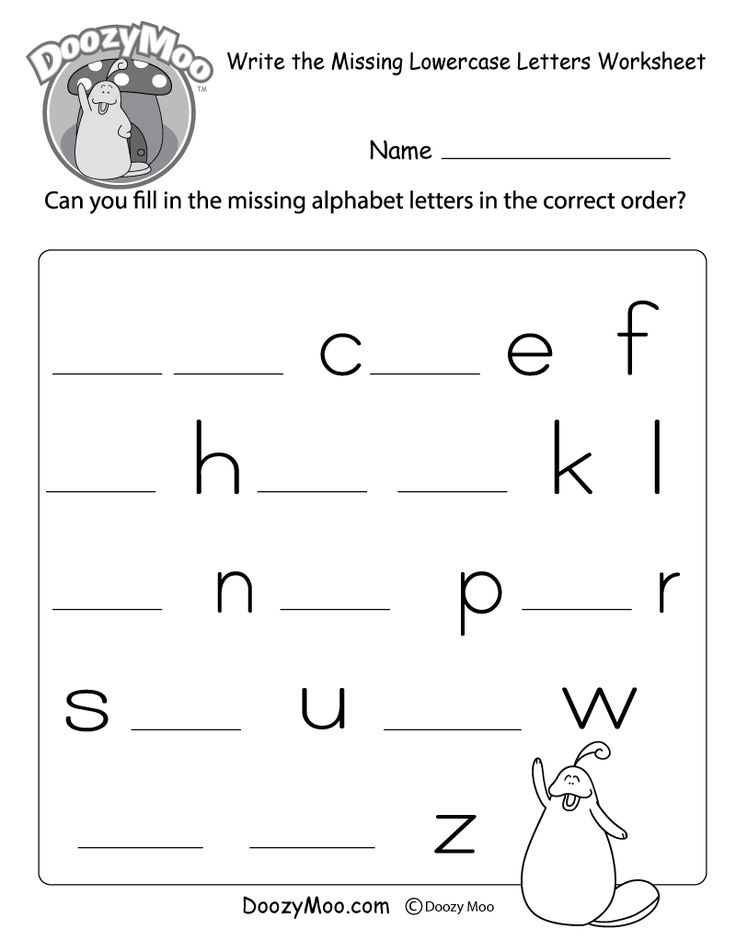 ... Passion gave strength to live on, despite what...
... Passion gave strength to live on, despite what... 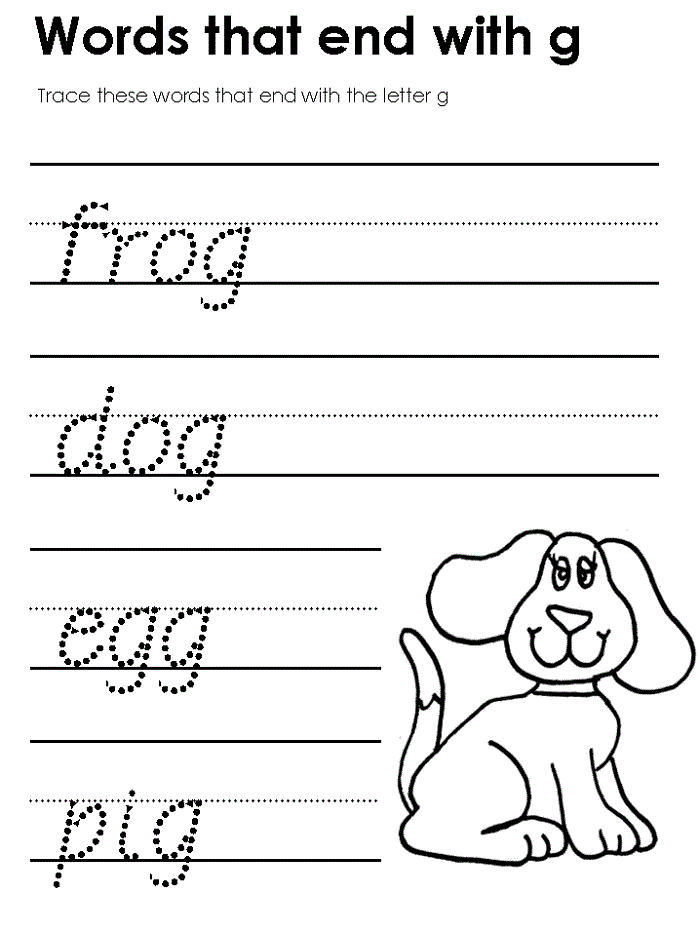 ..
.. 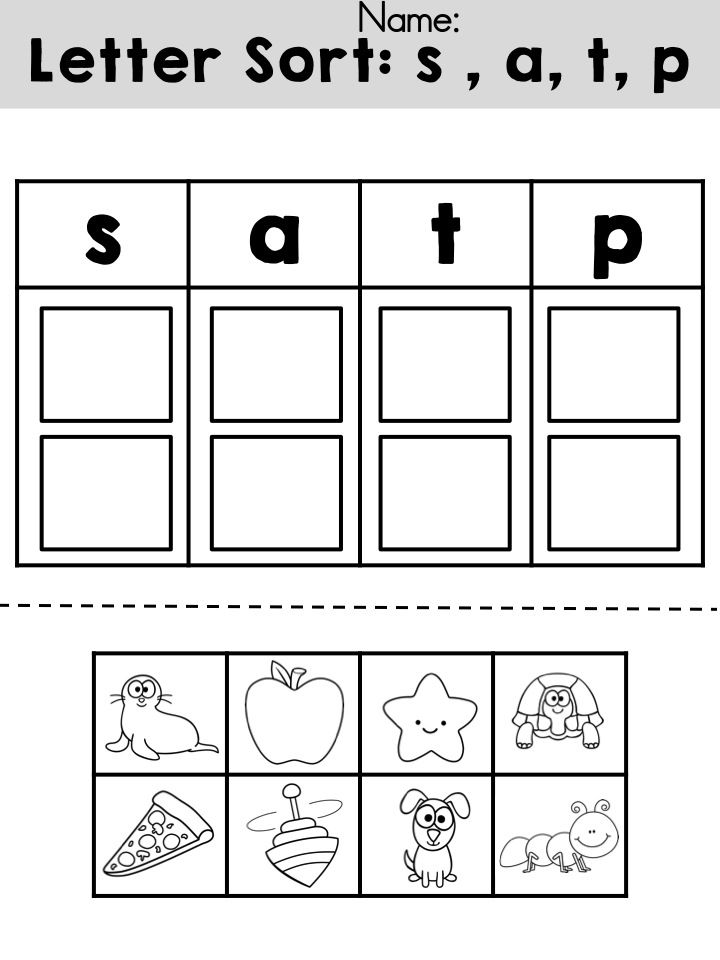 This book is clearly not a "one-time" reading, I think that I will definitely return to it somehow)
This book is clearly not a "one-time" reading, I think that I will definitely return to it somehow) 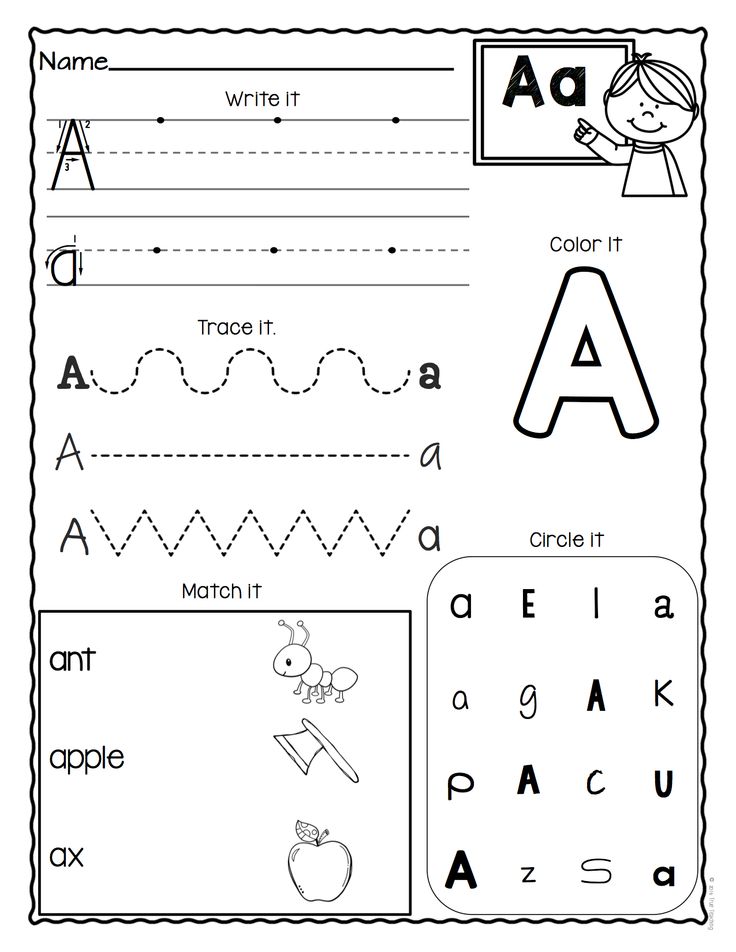 ..)
..)
And one more thing. If you didn’t like Van Gogh’s paintings at first sight, don’t immediately stigmatize them. It would seem that a careless manner of writing, rough strokes, strange color combinations, ugly figures and ugly faces - this is a calling card and there is a special charm in this.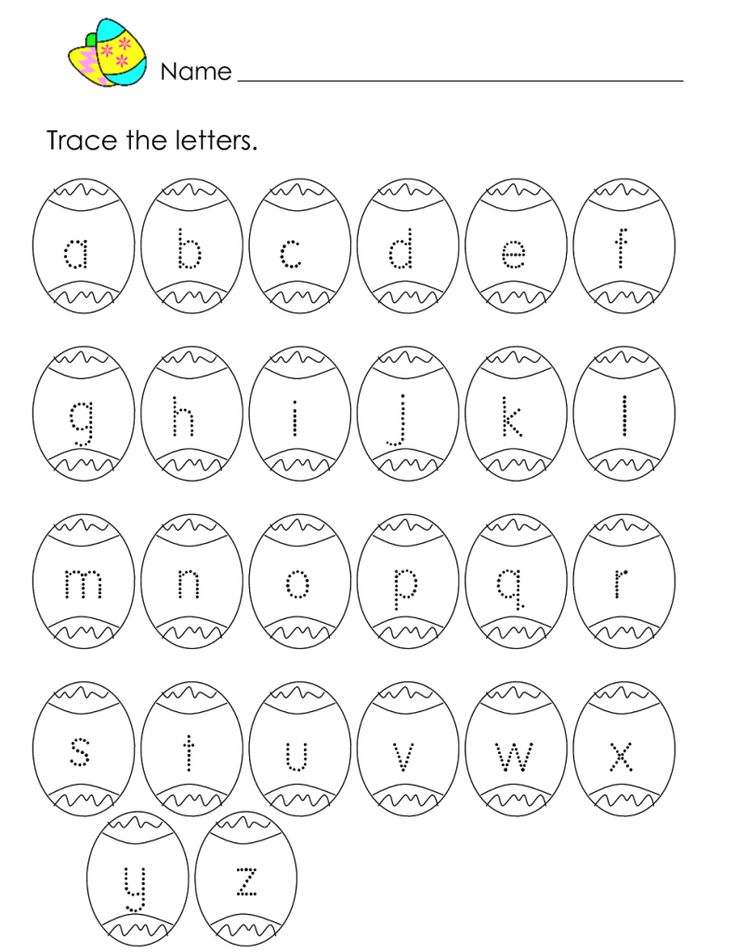 You just need to know a little about the artist, his preferences, sitters and a special look at painting.
You just need to know a little about the artist, his preferences, sitters and a special look at painting.
Fortunately, there are no secret passions and secrets in Van Gogh's letters. The first (unhappy) love is dotted. And about Khristina (a pregnant prostitute with whom Vincent has a rather long relationship), he writes so dryly, businesslike, explaining his “need and need” for her and her interest in him, that it doesn’t even occur to consider it love and personal.
Basically there are thoughts about painting, artists, work, lack of money (it's no secret that Van Gogh was supported by his brother all his life), health .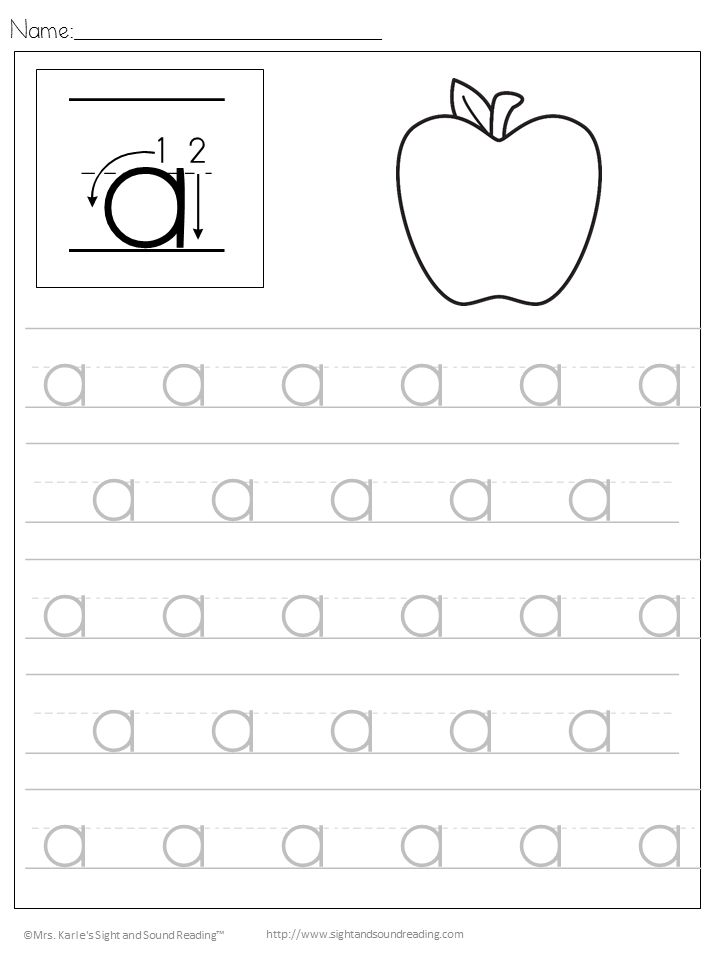 ..
..
You can accept or not accept the obsession of the Artist, who did not want to face reality . He did not try to earn even a penny, preferring to ask his brother for money (and he had a wife and a child!). He just worked and worked and worked. He didn't consider himself a genius. Brother Theo only sold one painting in his entire life. But the amount of work is simply amazing!
He was an obsessed artist with some amazing sense of color, which sometimes delights, sometimes irritates, sometimes perplexes... And sometimes (I confess!) - just infuriates!
He was a workaholic.
He was a strange man. No, probably still not crazy, because his letters say otherwise. Just not like everyone else.
Such people are difficult to understand. But even after a certain number of years it is difficult to understand their descendants, who did not understand, did not see, did not appreciate ... 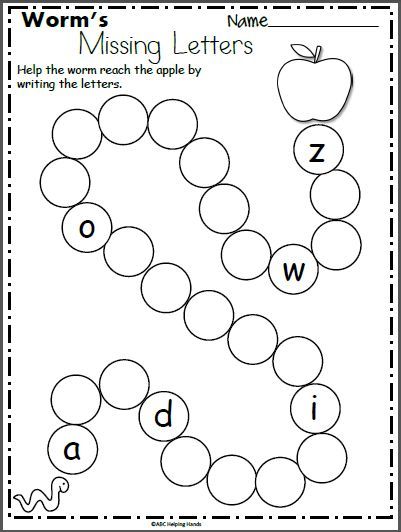 Since often after reading the biography the "halo of holiness" disappears and you begin to realize how complex, basically, the characters of creative people are. As for Vincent van Gogh, they say a lot of unflattering things about him, I considered him an extremely specific (in a bad sense of the word) personality, a capricious and one-sided person, but judging by the letters, my attitude was extremely wrong.
Since often after reading the biography the "halo of holiness" disappears and you begin to realize how complex, basically, the characters of creative people are. As for Vincent van Gogh, they say a lot of unflattering things about him, I considered him an extremely specific (in a bad sense of the word) personality, a capricious and one-sided person, but judging by the letters, my attitude was extremely wrong.
It turns out that the brilliant and most popular artist was not only in poverty (which I already knew and is not at all surprising for artists), but he was also quite smart, well-read and thoughtful. In the book (letters), his passion for drawing is already felt, it is simply impossible not to admire it. He could not help but draw, constant remorse due to the fact that his brother had to provide for him put pressure on his psyche, but at the same time Vincent could not stop, he knew that he had to create and did.
The artist had a very difficult relationship with his parents, he suffered from the fact that they did not believe in him and felt that they did not approve of his employment, this inner suffering causes respect and sympathy.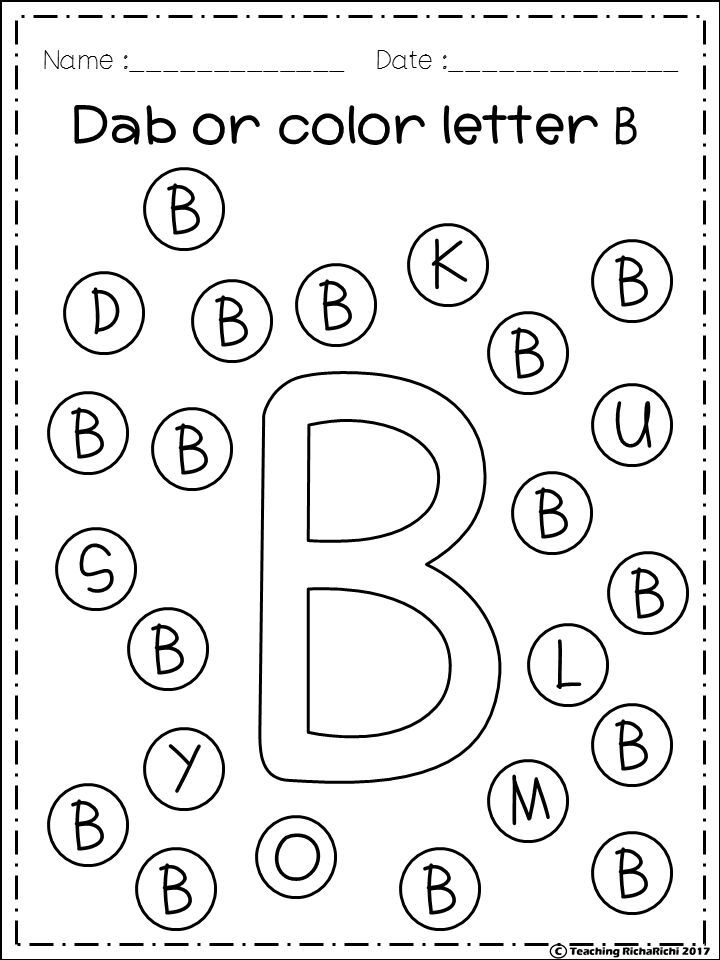 Perhaps such reflections contributed to the development of mental abnormalities, which later led to tragic consequences.
Perhaps such reflections contributed to the development of mental abnormalities, which later led to tragic consequences. 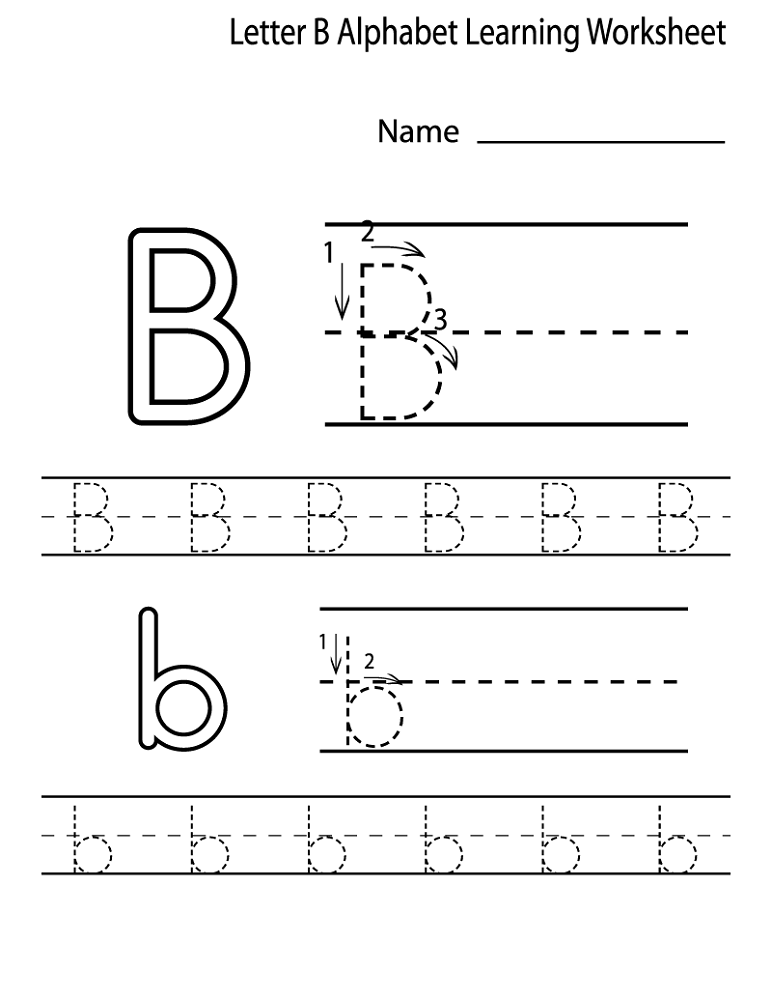
And the case of Van Gogh is that rare exception, when this rule deprives too much, so it has to be neglected.
Reading someone's letters is, in fact, living the life of the person who wrote them at an accelerated pace. You feel like listening to a monologue, the prescription of which, in the case of Van Gogh, has already exceeded a hundred years.
But how brightly his image rises, how his soul breaks out from each letter to his brother, written with the maximum degree of sincerity that a person is only capable of. 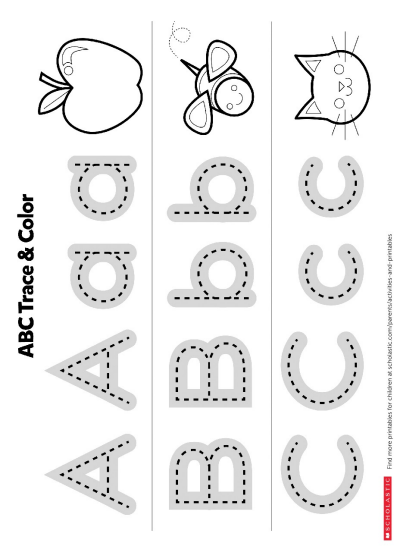
And precisely because Van Gogh wrote to his brother, he reveals all his hidden sides, all his weaknesses, all his nervousness and resentment against the world, which does not understand how hard it is to live for someone who has devoted himself entirely to His Creativity. This exposure of the artist, his full disclosure and trust is an incredible rarity that you will not find in any biography and you will not see in any film.
I might have been able to live like this, but there is a big difference between me and Theo Van Gogh - I already know that Van Gogh became great, but Theo could only believe in his brother when practically no one believed in him.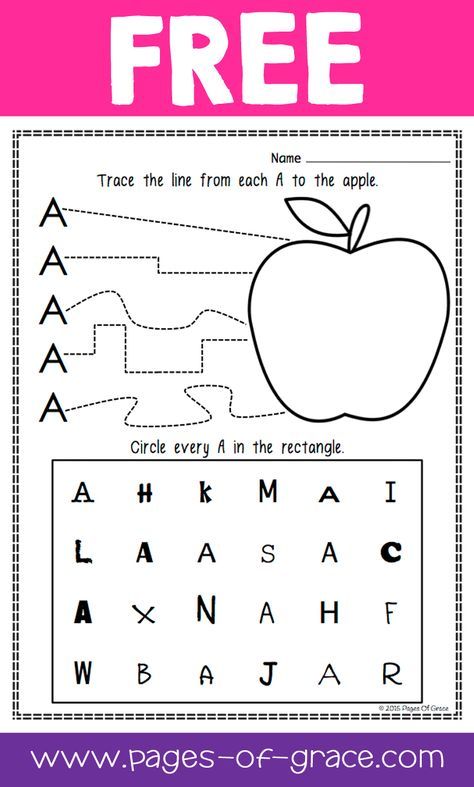
And this requires no less spiritual strength than taking the soul out of oneself for each new canvas. Vincent often wrote to his brother: " We painted these pictures" - and he knew that these were not just beautiful words, this is the pure truth.
And this is no less breathtaking than every letter from Vincent, when he tries to describe the plot to his brother in words, because the canvas has not yet arrived, the right color of paints has not yet dried, the oil has not yet dried to send Theo the finished painting.0004 These letters are not only the best evidence of the artist himself, who has become great, not only proof that you need to follow the chosen path of creativity to the end, but also a story about the amazing spiritual strength of a man who was a brother not only by blood, but and by the highest, heavenly standards.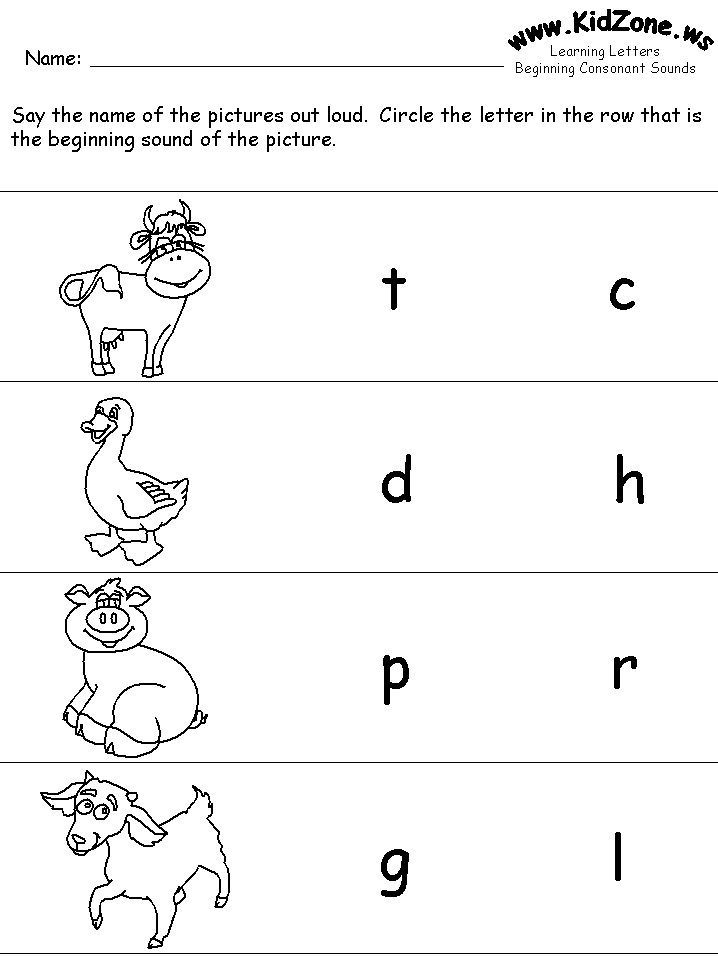
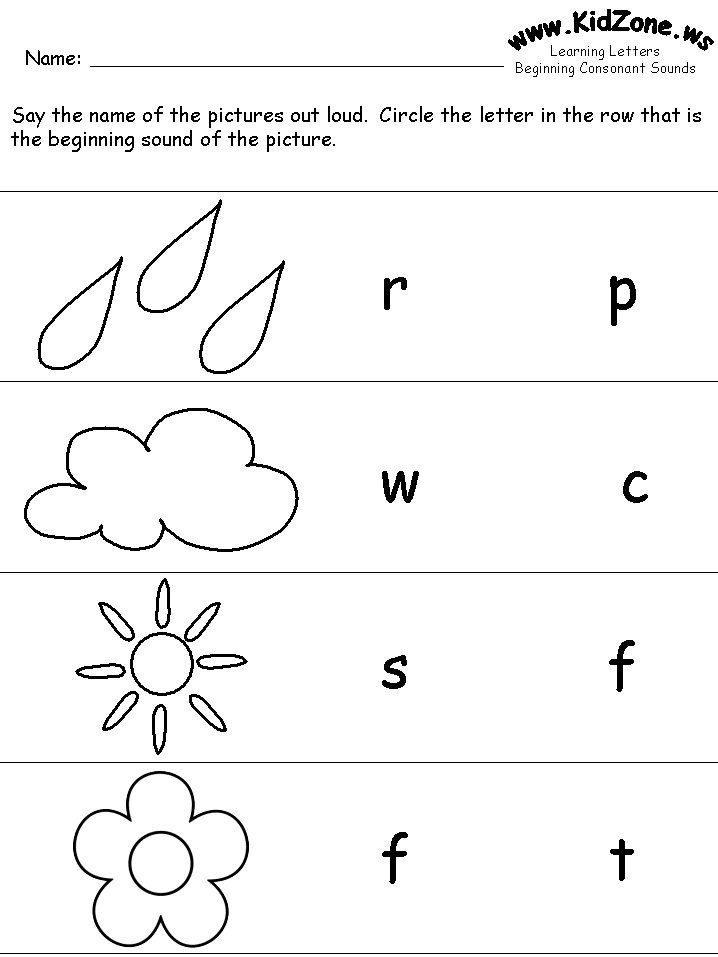 That is why I am still afraid to read any documentary or fiction books about Van Gogh, I am afraid of someone else's interference in the relationship between the creator and me.
That is why I am still afraid to read any documentary or fiction books about Van Gogh, I am afraid of someone else's interference in the relationship between the creator and me.  And since Vincent writes about his experiments and tests in almost every letter, we see the whole evolution of his skills. This is further facilitated by the fact that the artist constantly returned to his early experiments, improving old images. For example, we see several variants of the "Sower" drawing - from an angular, almost childish drawing to an almost realistic painting. Although Van Gogh did not come to realism, he has his own style, his own skill.
And since Vincent writes about his experiments and tests in almost every letter, we see the whole evolution of his skills. This is further facilitated by the fact that the artist constantly returned to his early experiments, improving old images. For example, we see several variants of the "Sower" drawing - from an angular, almost childish drawing to an almost realistic painting. Although Van Gogh did not come to realism, he has his own style, his own skill. 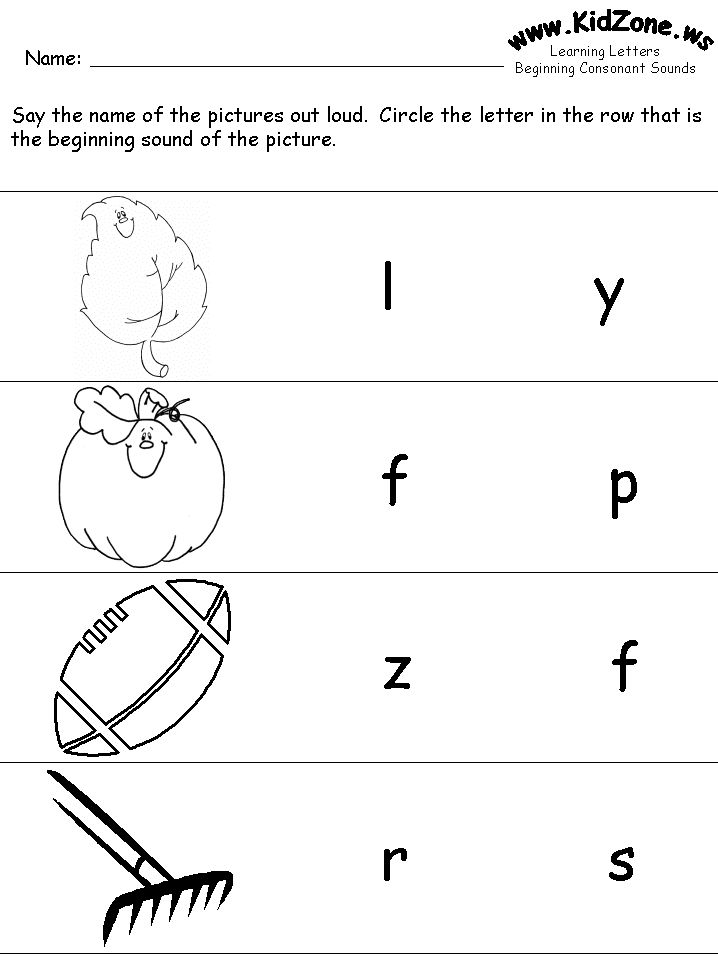 It is not accepted by publishers who demand "beautiful pictures" and not "these peasants." When, more out of pity than anything else, he marries an unfortunate woman, a former prostitute with two children, not even his brother understands him. And despite all this, Vincent works, constantly and a lot, despite the circumstances, poverty, misunderstanding, illness. He improves, he sees beauty in nature and people and tries to depict it on canvas. Vincent seems to have a very difficult character, he is prone to impulses, but Van Gogh holds on to some things firmly. Most importantly, he sees himself as an artist, all his correspondence of this early period is imbued with stubborn optimism, the belief that he will achieve true mastery.
It is not accepted by publishers who demand "beautiful pictures" and not "these peasants." When, more out of pity than anything else, he marries an unfortunate woman, a former prostitute with two children, not even his brother understands him. And despite all this, Vincent works, constantly and a lot, despite the circumstances, poverty, misunderstanding, illness. He improves, he sees beauty in nature and people and tries to depict it on canvas. Vincent seems to have a very difficult character, he is prone to impulses, but Van Gogh holds on to some things firmly. Most importantly, he sees himself as an artist, all his correspondence of this early period is imbued with stubborn optimism, the belief that he will achieve true mastery. 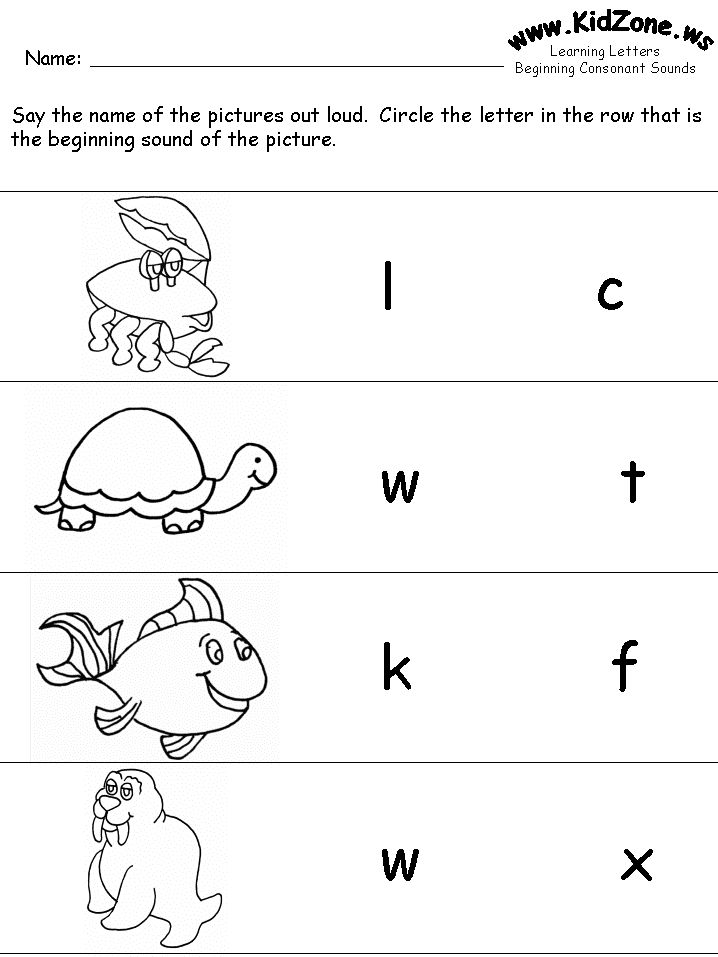 Without the help of Theodore, the genius of the artist would hardly have developed at all. Vincent shares all his discoveries with his brother, he writes a lot about painting, about techniques, about sketching experiments. And also about the books I read, about the pictures I saw, about the events of the inner world - experiences, resentment, hopes. Is it easy to be the brother of a genius? I think no. But Theo managed until life broke them both.
Without the help of Theodore, the genius of the artist would hardly have developed at all. Vincent shares all his discoveries with his brother, he writes a lot about painting, about techniques, about sketching experiments. And also about the books I read, about the pictures I saw, about the events of the inner world - experiences, resentment, hopes. Is it easy to be the brother of a genius? I think no. But Theo managed until life broke them both. 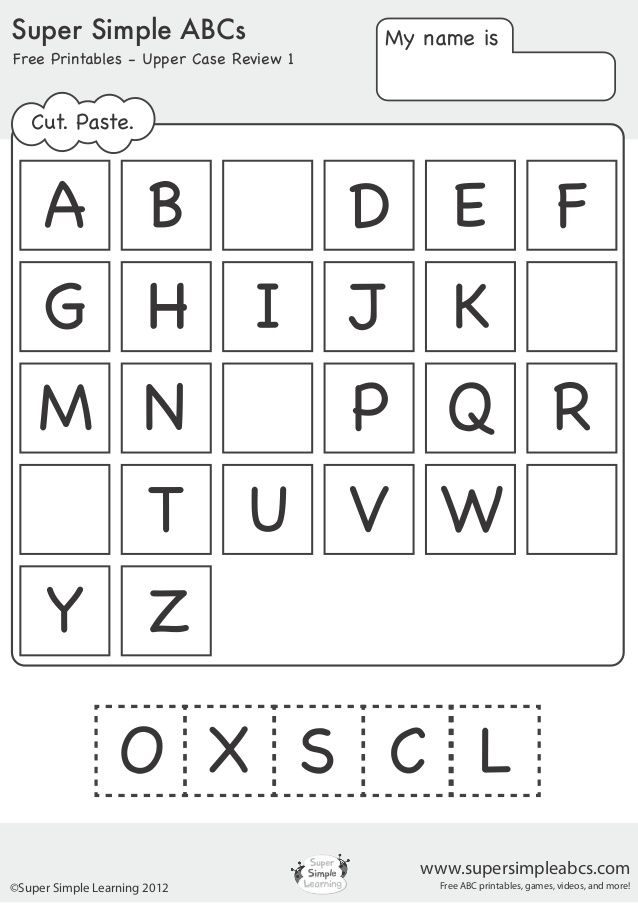
Learn more


